23-25 April 2018
We depart Alpine country and head to lower terrain...
We depart Alpine country and head to lower terrain...
...and arrive at Lake Annecy.
Annecy lies on the northern tip of Lake Annecy, 35 kilometers (22 mi) south of Geneva, Switzerland. Sometimes called "Venice of the Alps", this idyllic and touristic representation comes from the three canals and the Thiou river plying through the old city and whose initial role was to protect the city and to power its handicrafts. The city experienced an industrial development in the 19th century with silk manufacturing. Some of its industrial legacy remains today with the headquarters of NTN-SNR bearings, Salomon, Entremont and Dassault Aviation.
Annecy lies on the northern tip of Lake Annecy, 35 kilometers (22 mi) south of Geneva, Switzerland. Sometimes called "Venice of the Alps", this idyllic and touristic representation comes from the three canals and the Thiou river plying through the old city and whose initial role was to protect the city and to power its handicrafts. The city experienced an industrial development in the 19th century with silk manufacturing. Some of its industrial legacy remains today with the headquarters of NTN-SNR bearings, Salomon, Entremont and Dassault Aviation.
Our tour guidebook suggested a bike ride around the Lake was the thing to do, so we did it. This loop (for us about 28 miles, or three hours) was a time trial segment of the Le Tour de France in 2009. Spain's Alberto Contador completed that 25-mile stage in under 49 minutes. It was a good workout with lots cool views.
Now for our walking tour of old Annecy...
The next day we are on the road again going to the city of Beaune, and stopping to see the old feudal village of Brancion first.
We find Brancion. Rick Steves' says "This is a classic feudal village. Back when there were no nations in Europe, control of the land was delegated from lord to vassal. The Duke of Burgundy ruled here through his vassal, the Lord of Brancion. His vast domain, much of south Burgundy, was administered from this tiny fortified town. Within the town's walls, the lord had a castle, a church, and all the necessary administrative buildings to deliver justice, collect taxes, and so on. The population peaked centuries ago at 60. Today, it's home to a handful of full-time residents."
We continue towards Beaune...and find a picturesque estate dwelling.
Now in Beaune, we tour a mustard factory. Our eyes were stinging from the grinding of spice.
Before we retire for the night, we do dinner, and these tasty desserts.
We begin the next day with a highly recommended tour of the vineyards.
Grand Cru (great growth) is the highest level in the vineyard classification of Burgundy. There are a total of 550 hectares (1,400 acres) of Grand Cru vineyards - approximately 2% of Burgundy's 28,000 hectares (69,000 acres) of vineyards - of which 356 hectares (880 acres) produce red wine and 194 hectares (480 acres) produce white wine. In 2010, 18,670 hectoliters of Burgundy Grand Cru wine was produced, corresponding to 2.5 million bottles, or just over 1.3% of the total wine production of Burgundy.
The origin of Burgundy's Grand crus can be traced to the work of the Cistercians who, from amongst their vast land holdings in the region, were able to delineate and isolate plots of land that produced wine of distinct character. Following the French Revolution many of these vineyards were broken up and sold as smaller parcels to various owners. The partible inheritance scheme outlined in the Napoleonic code, which specified that all inheritance must be equally divided among heirs, further contributed to the parceling of Burgundy's vineyards. This created situations such as the case of Clos Vougeot, a single 125-acre (51 ha) vineyard run by the monks, that today is parceled into plots owned by nearly 80 different owners, some of whom only own enough vines to make a case of wine per vintage.
We began with a wine tasting in a small town, while a bit pricey gave us a great orientation of the vineyards we would see and the significance of this vineyard area.
Wow, horse drawn cultivation! And Gerri showing off our horseless carriage.
We drove up and around during our tour, and were rewarded with beautiful views of the rolling terrain.
A local barrel maker, using both old and modern methods.
A productive vineyard may last from 30-100 years - here's a run of vines in the process of being replaced.
Back in Beaune, we next tour the Hospices de Beaune, or Hôtel-Dieu de Beauneis, a former charitable almshouse. It was founded in 1443 by Nicolas Rolin, chancellor of Burgundy, as a hospital for the poor. The original hospital building, the Hôtel-Dieu, one of the finest examples of fifteenth-century Burgundian architecture, is now a museum.
| Back out into the town of Beaune to see more sights along on our way to the wine caves. Patriarche Pere et Fils, home to Burgundy's largest and most impressive wine cellar, this is the best of the big wineries to visit in the city. The tour covers some of the three miles of underground passages and finishes in the atmospheric tasting room, where we tried several Burgundian classics. |
Gerri located single bottle vintage from her birth year (we did not dare ask how much this bottle cost). But, we found out the wine tasting was self serve - omg!
The wine appears to have an intoxicating effect, as Gerri demonstrates. The tour exits through the "gift shop", but that doesn't disappoint either, with more free tastings of liquors and brandies.
We leave the great wine country of Beaune and Burgundy with an entirely new appreciation of wine, feudalism, early hospital care, and mustard.

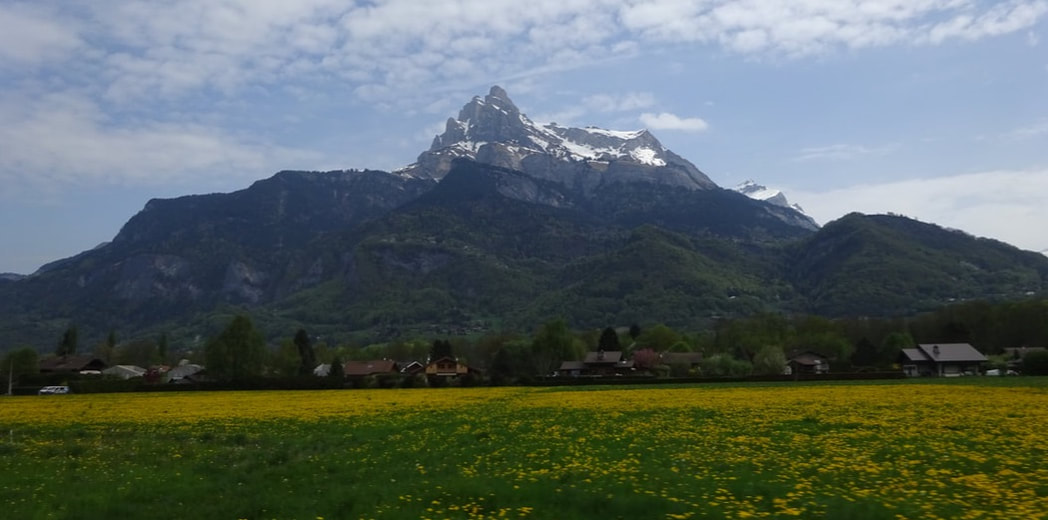

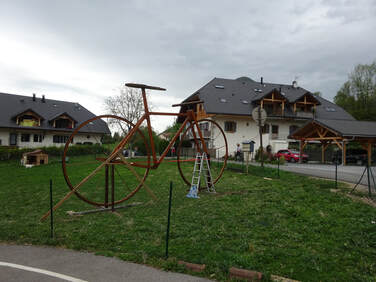

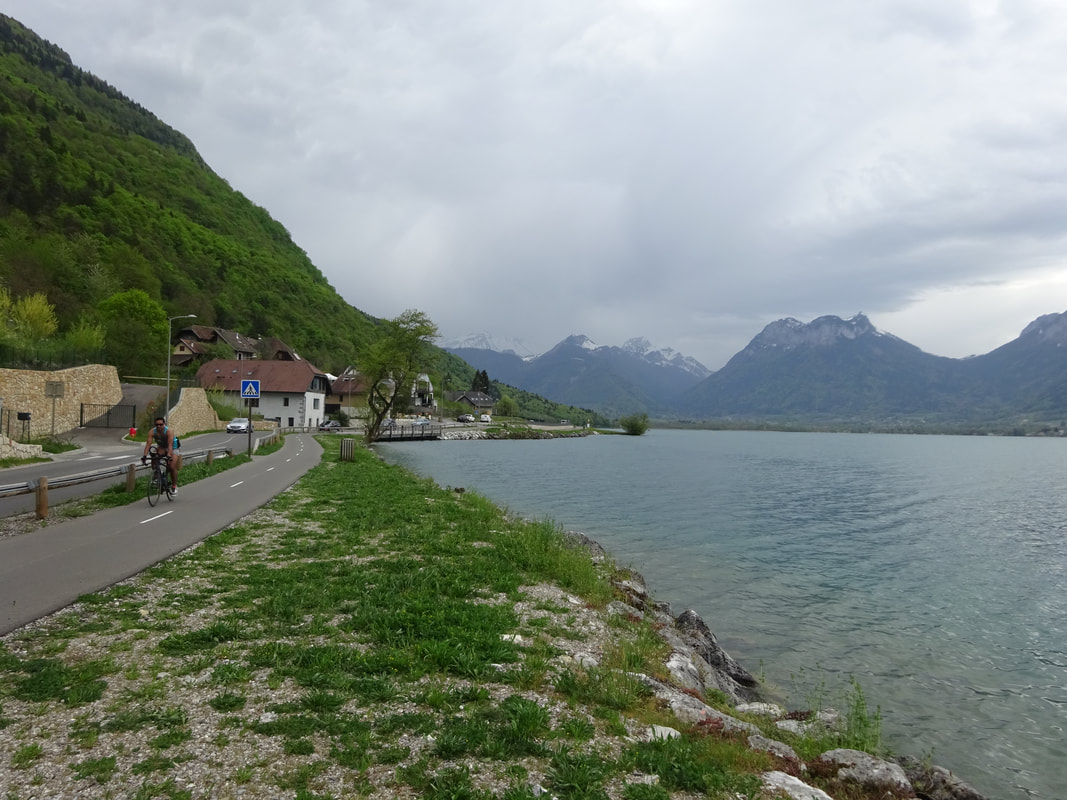
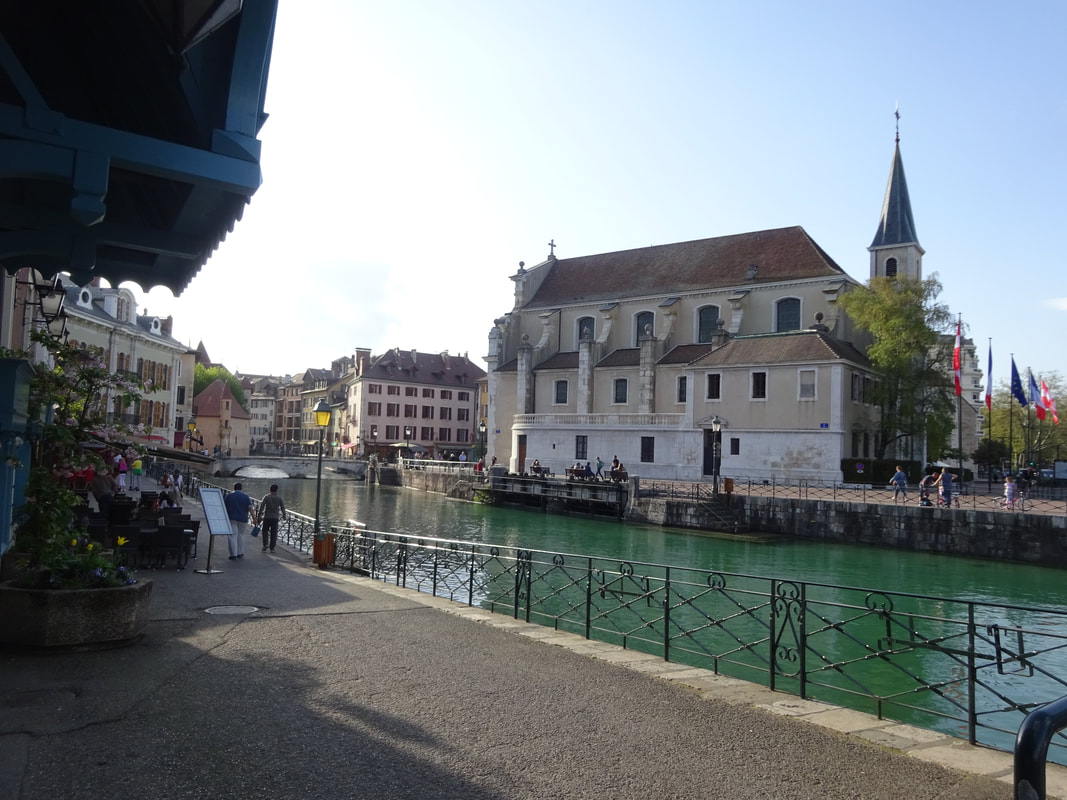
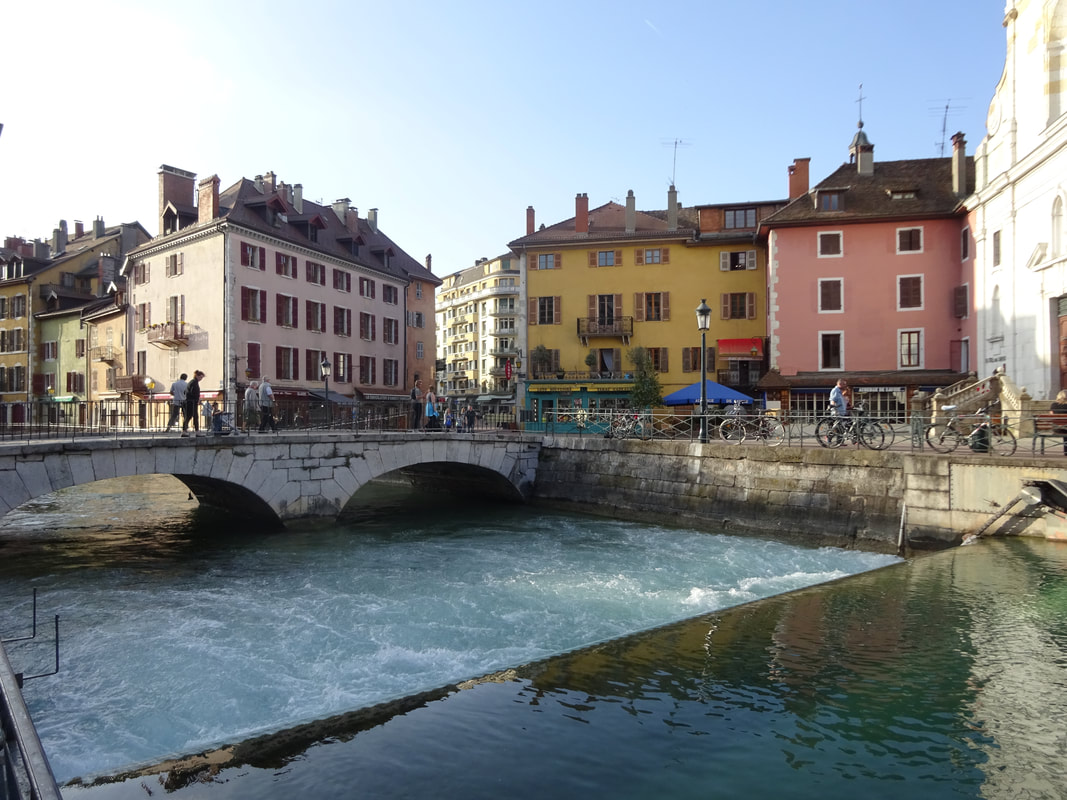
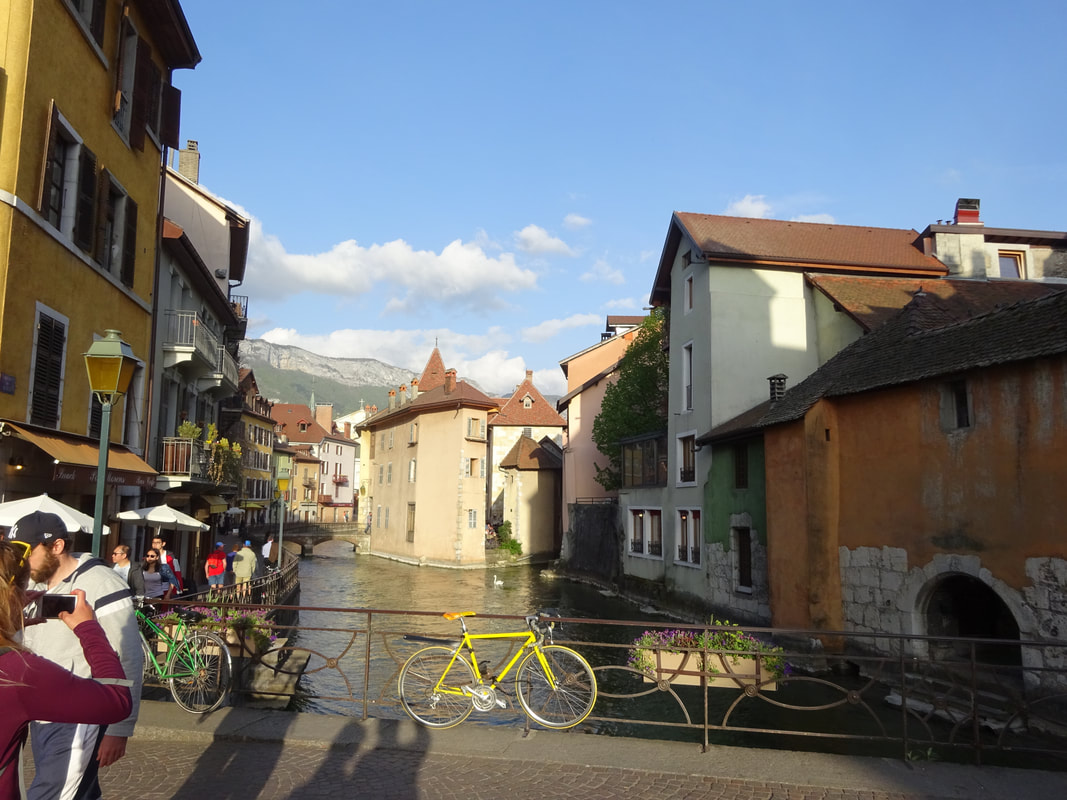
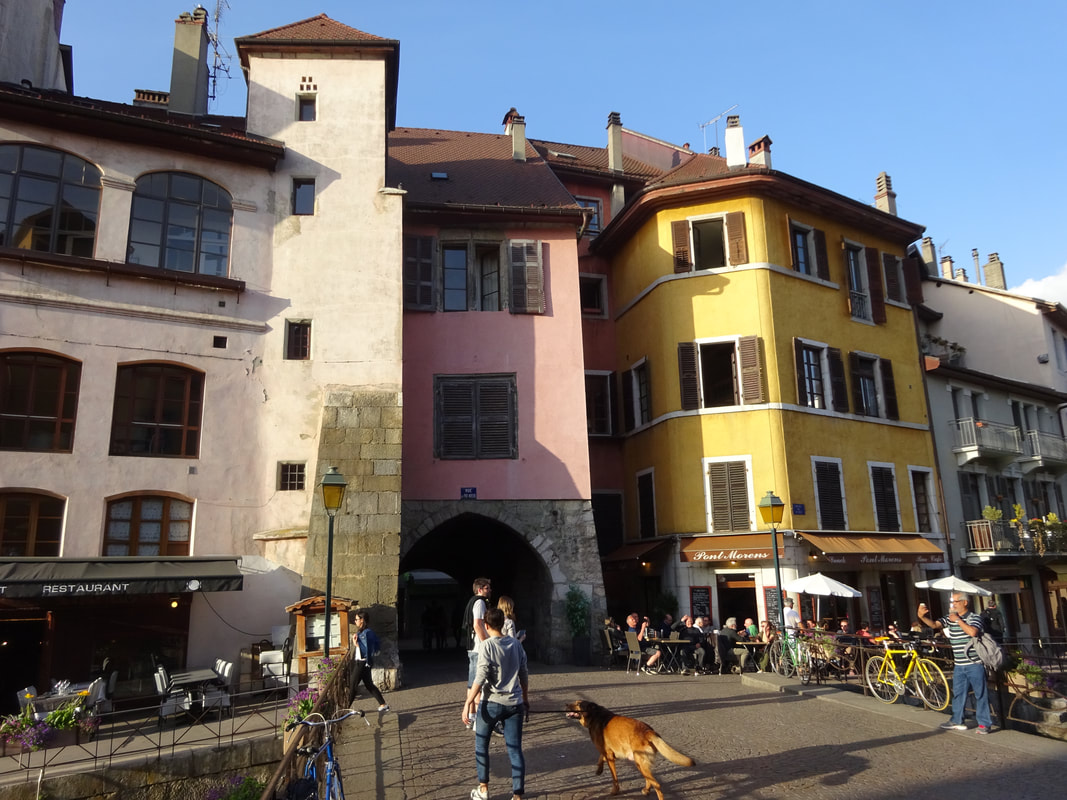
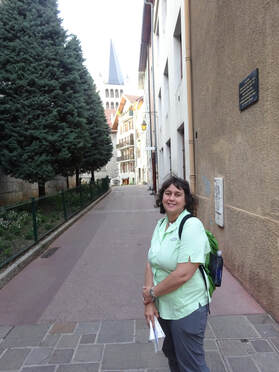
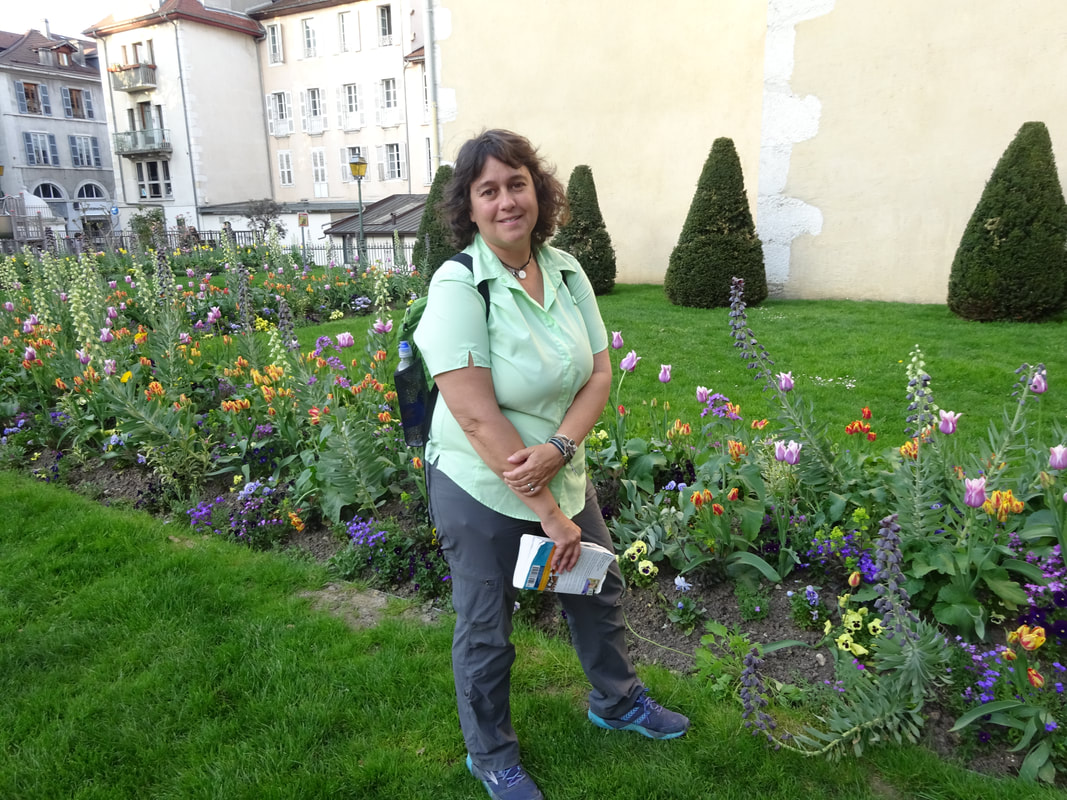
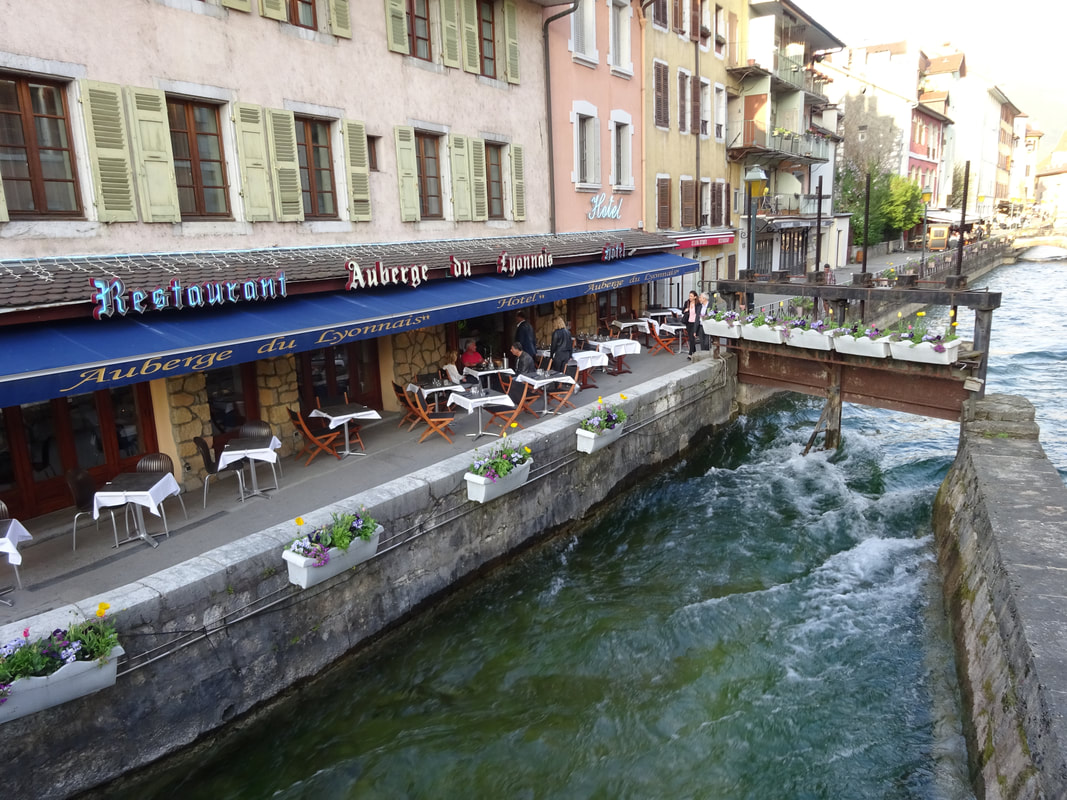
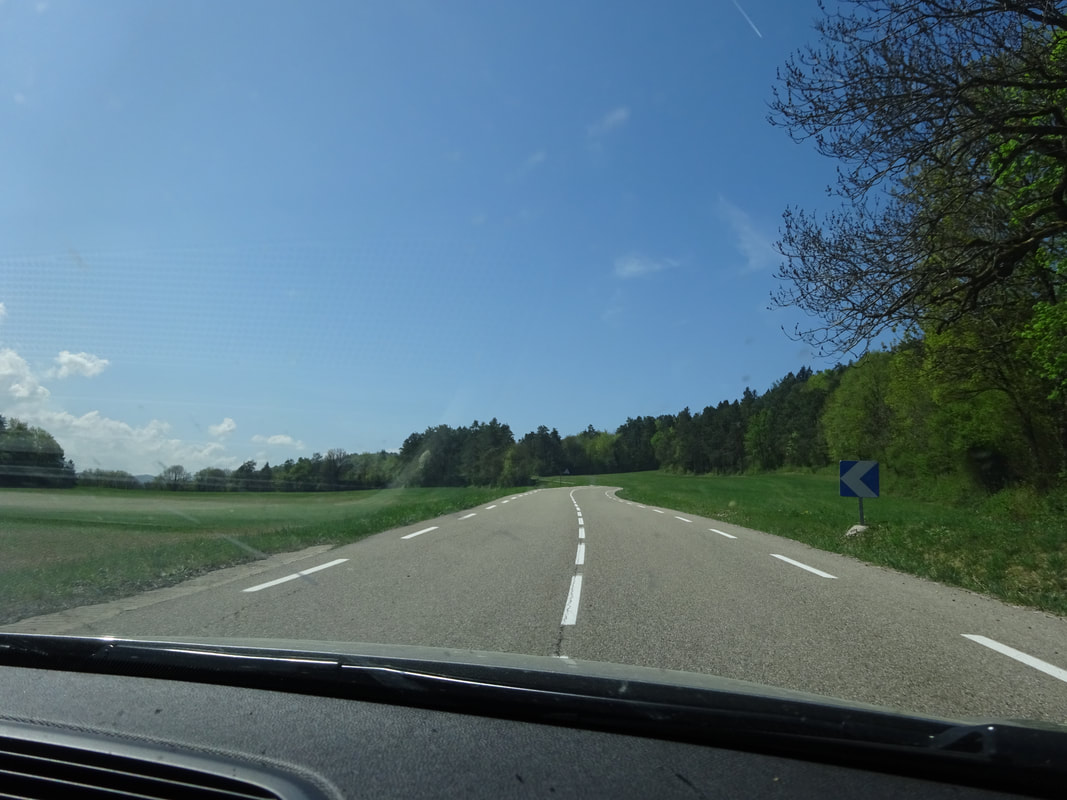
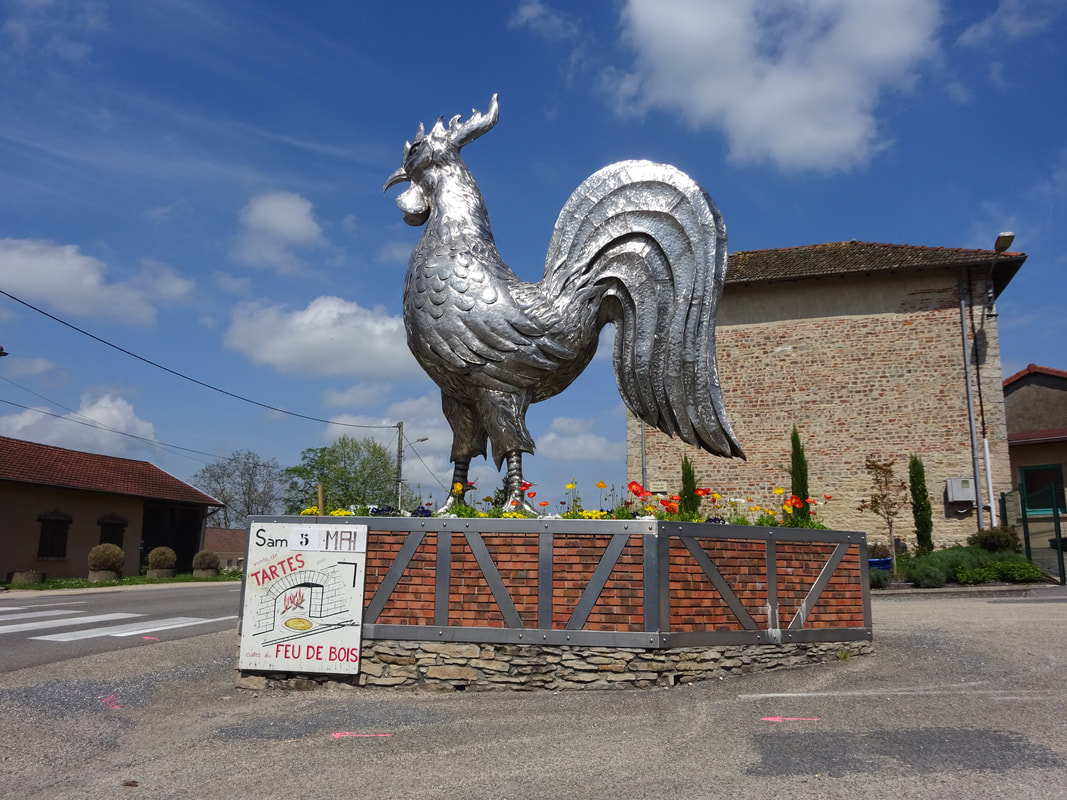
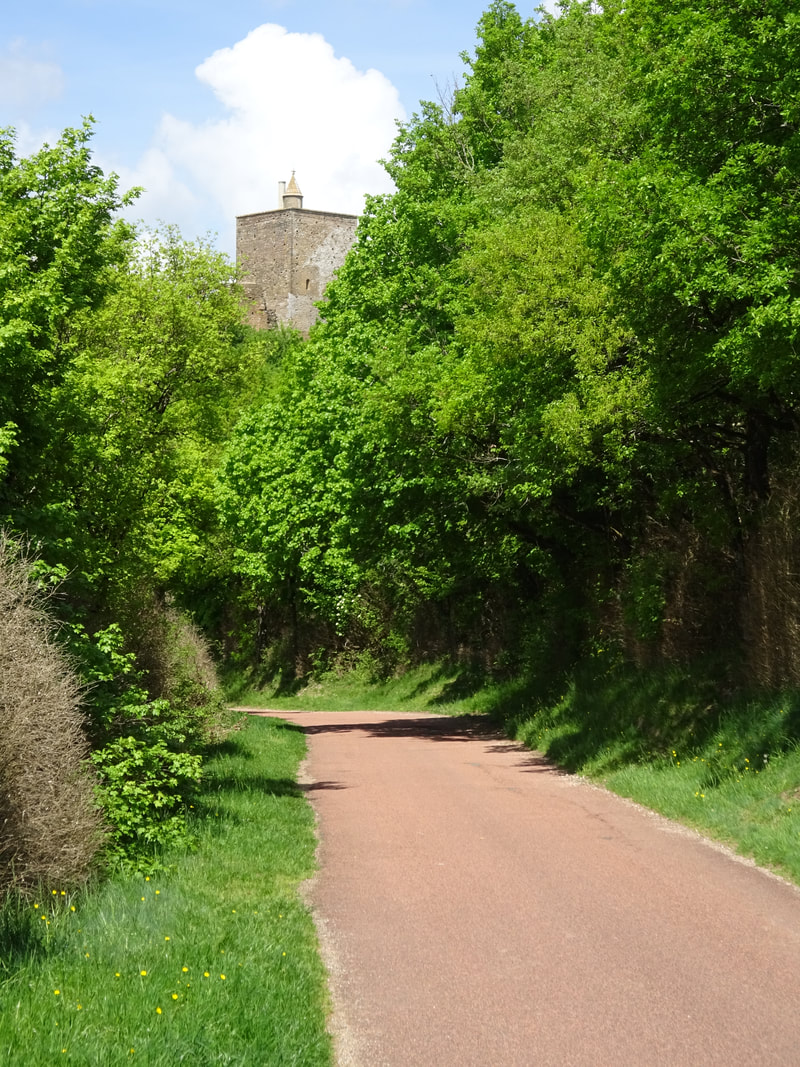

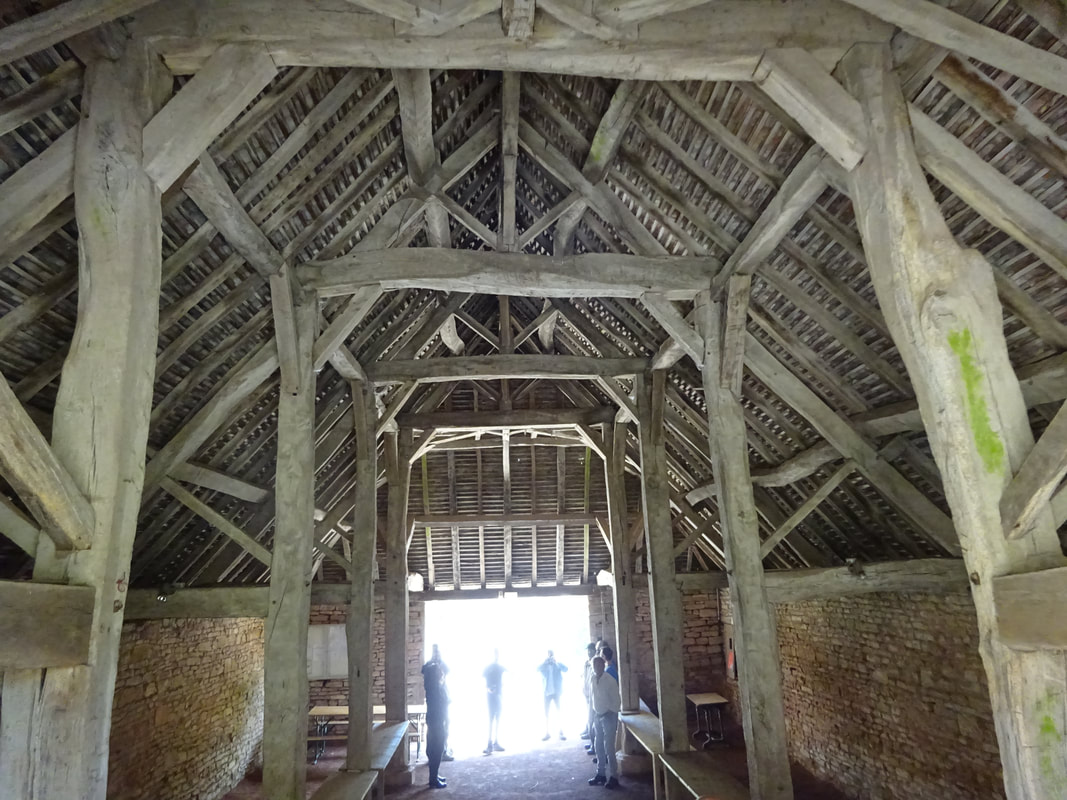
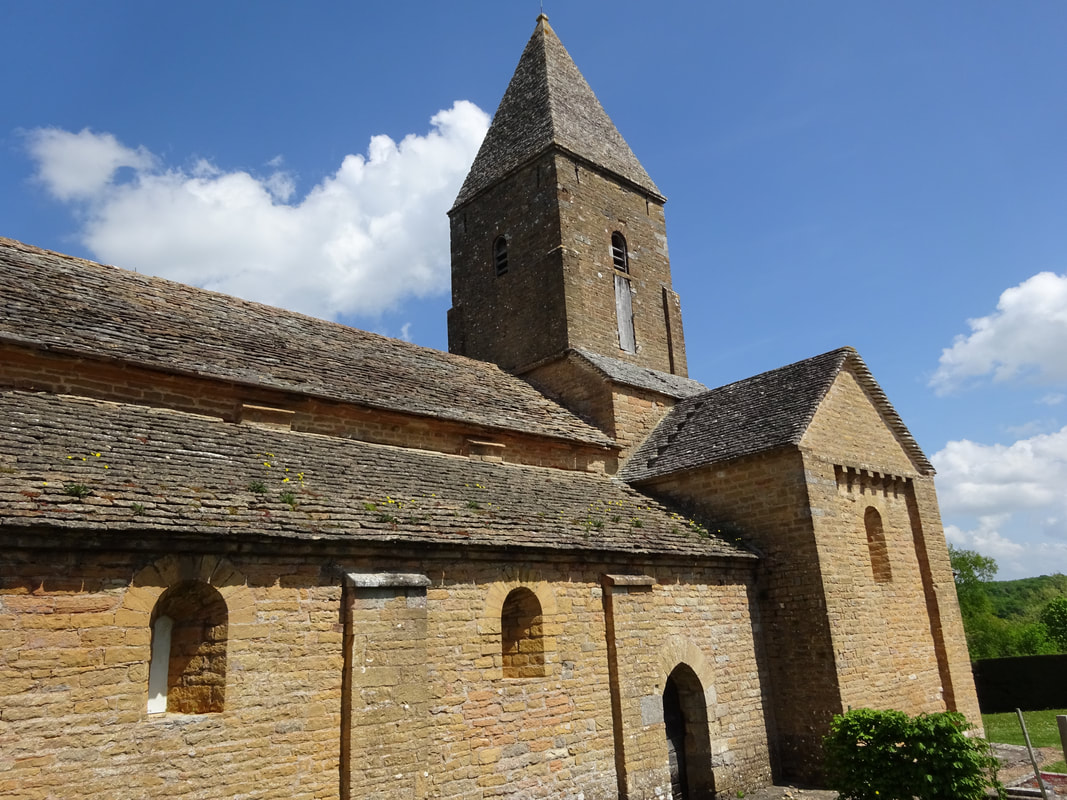

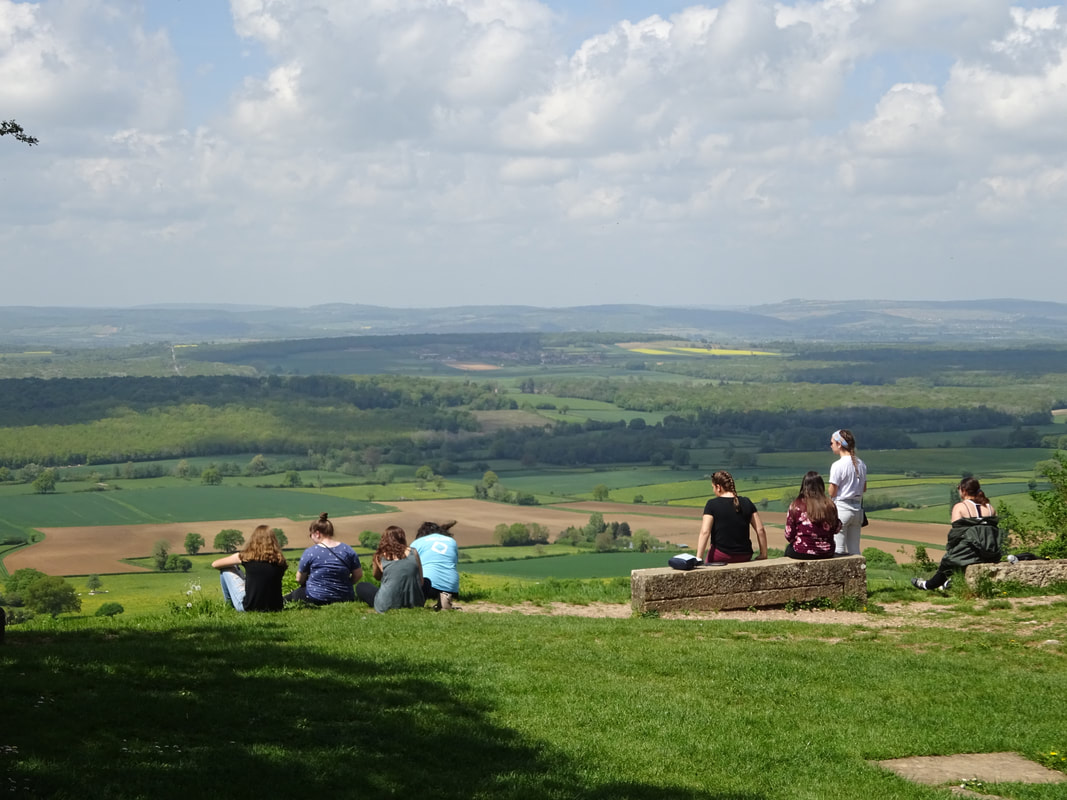
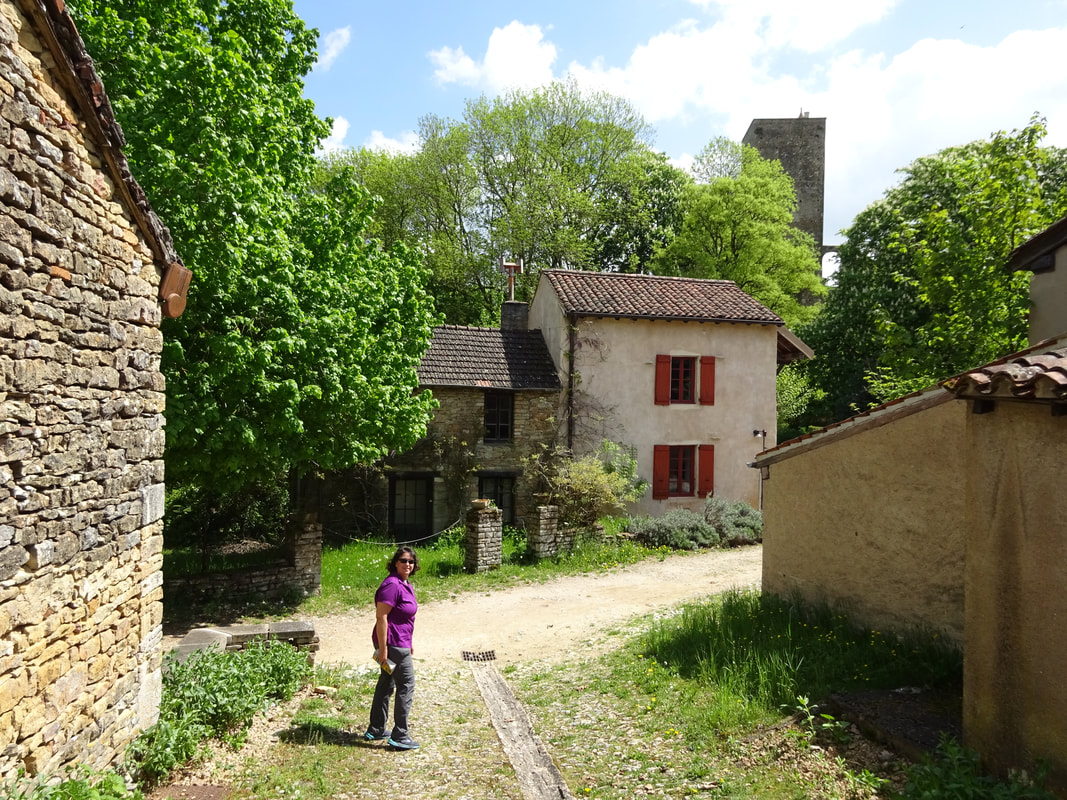
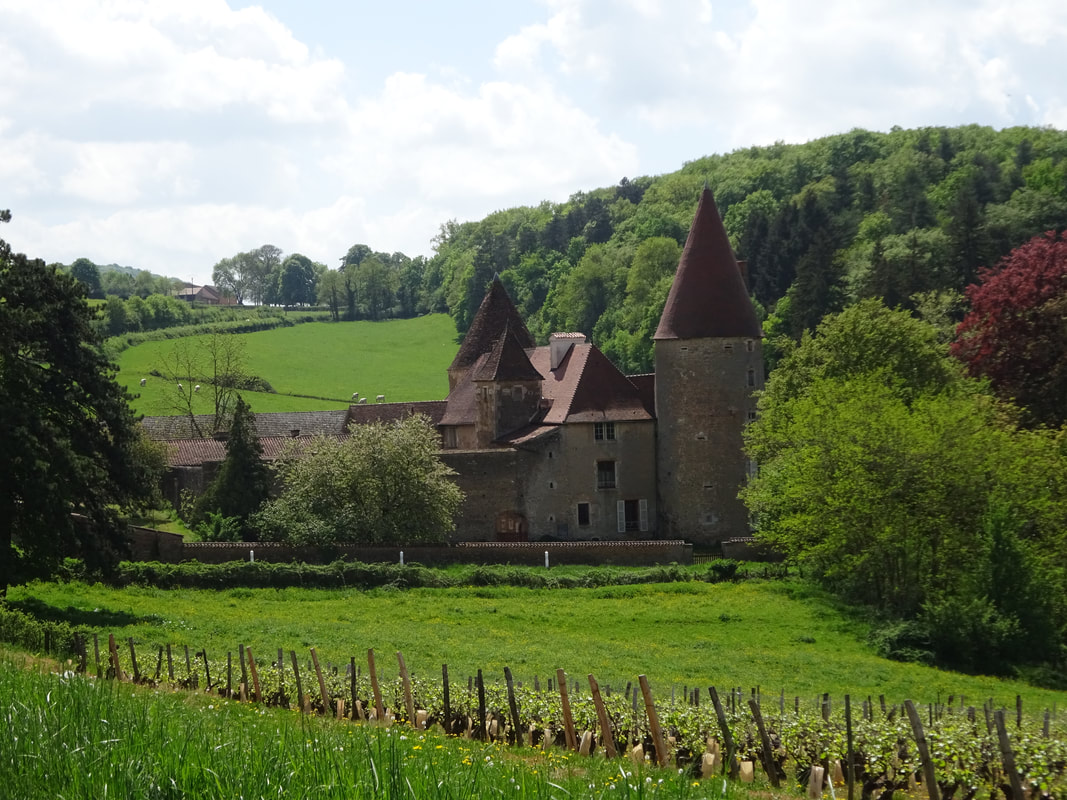
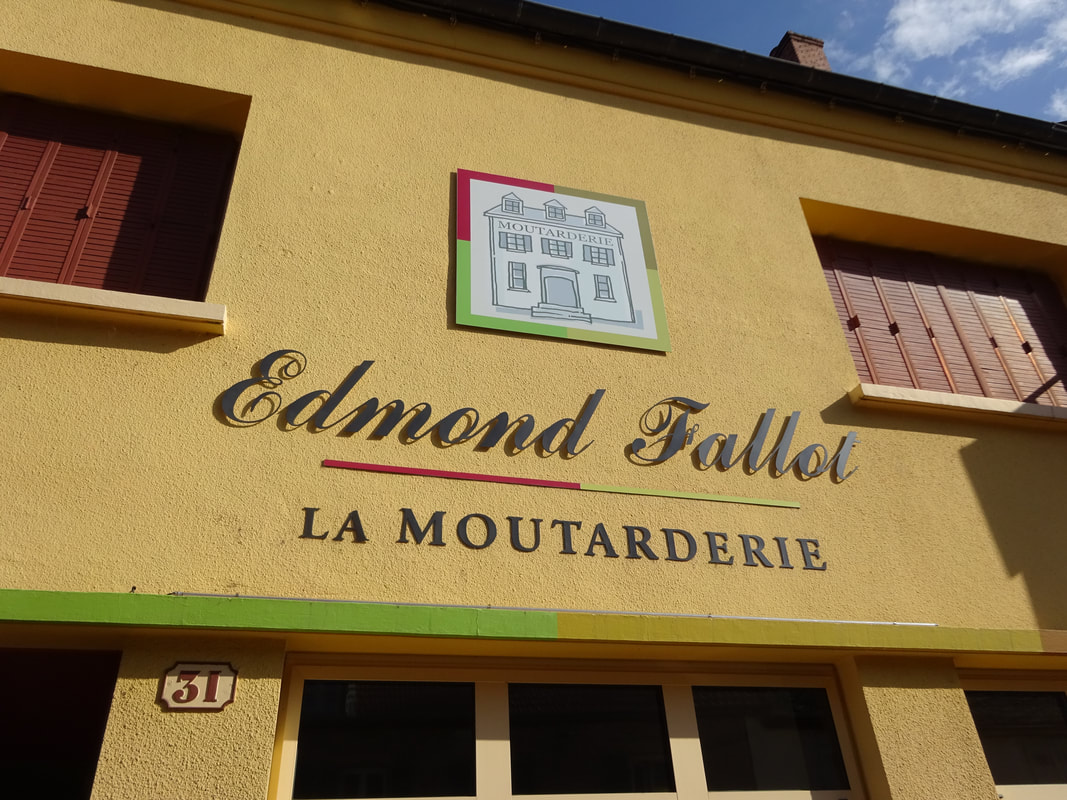
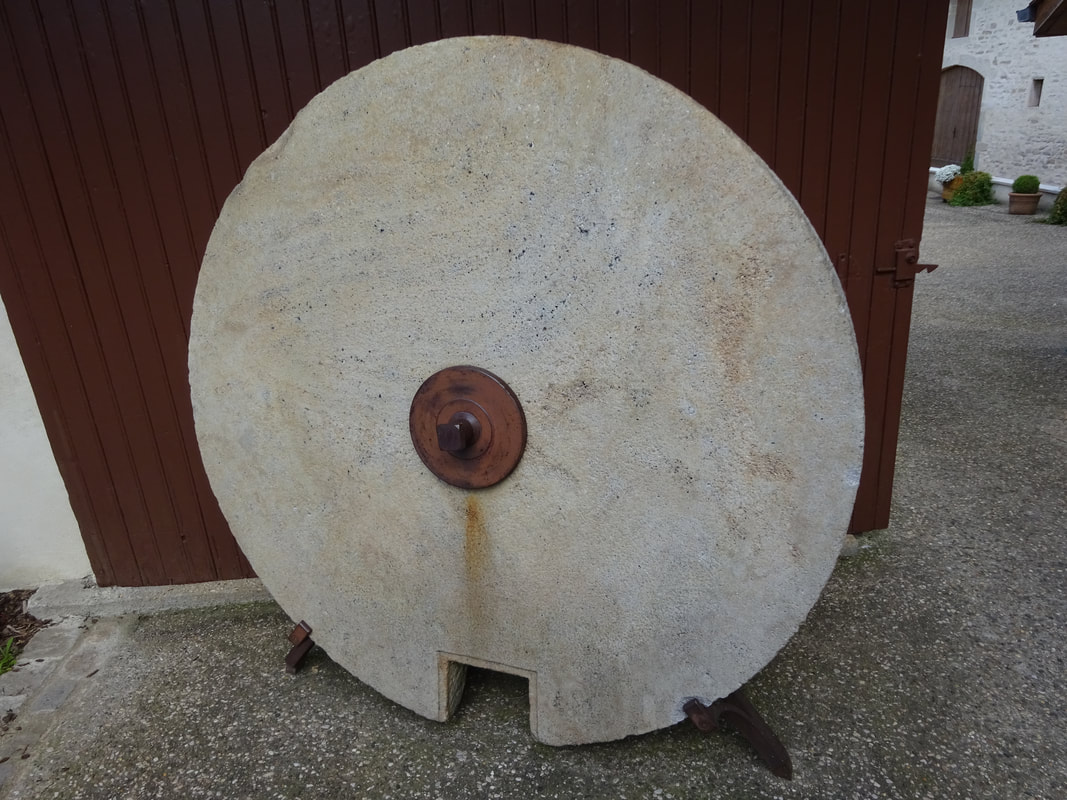
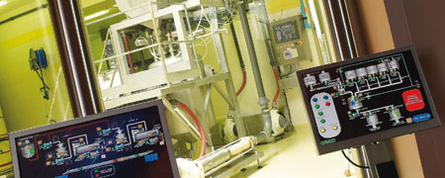
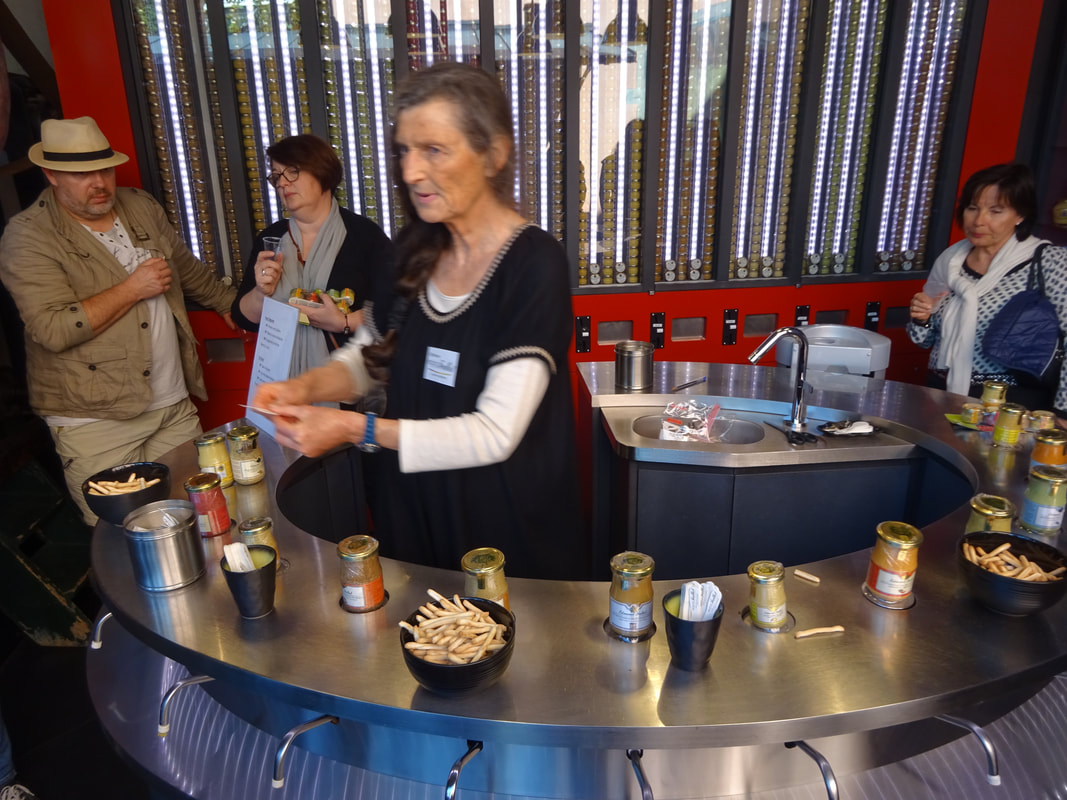
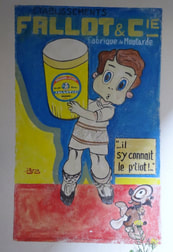
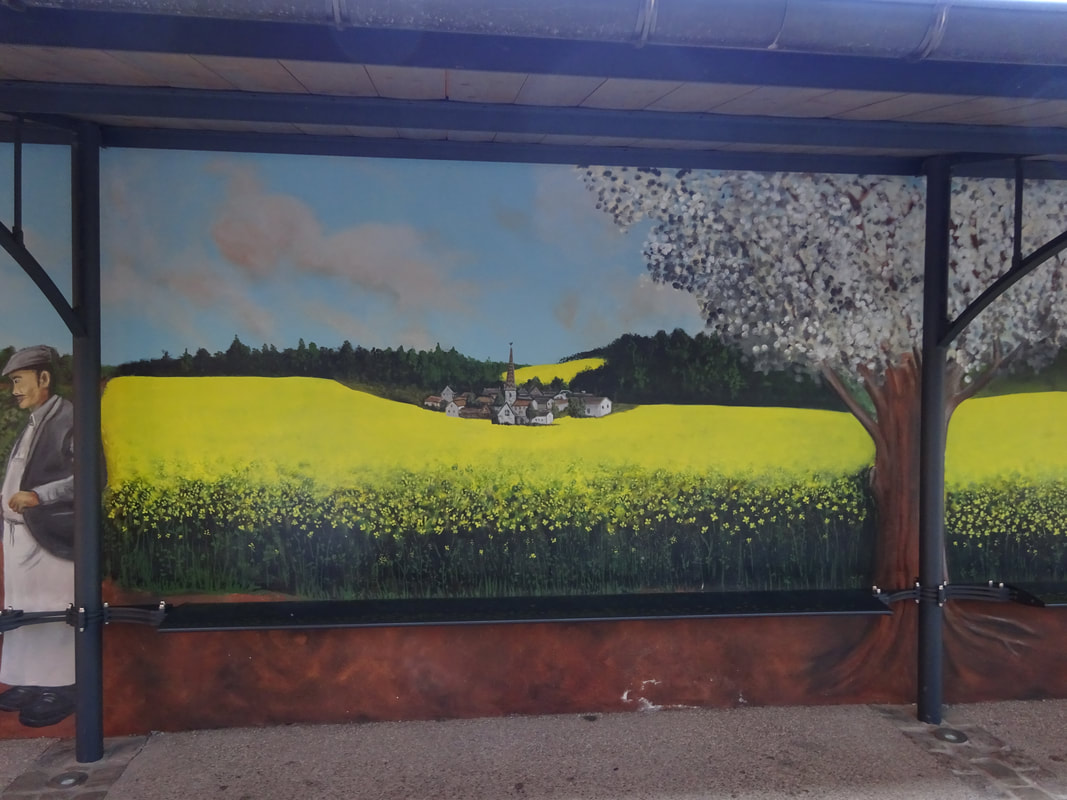
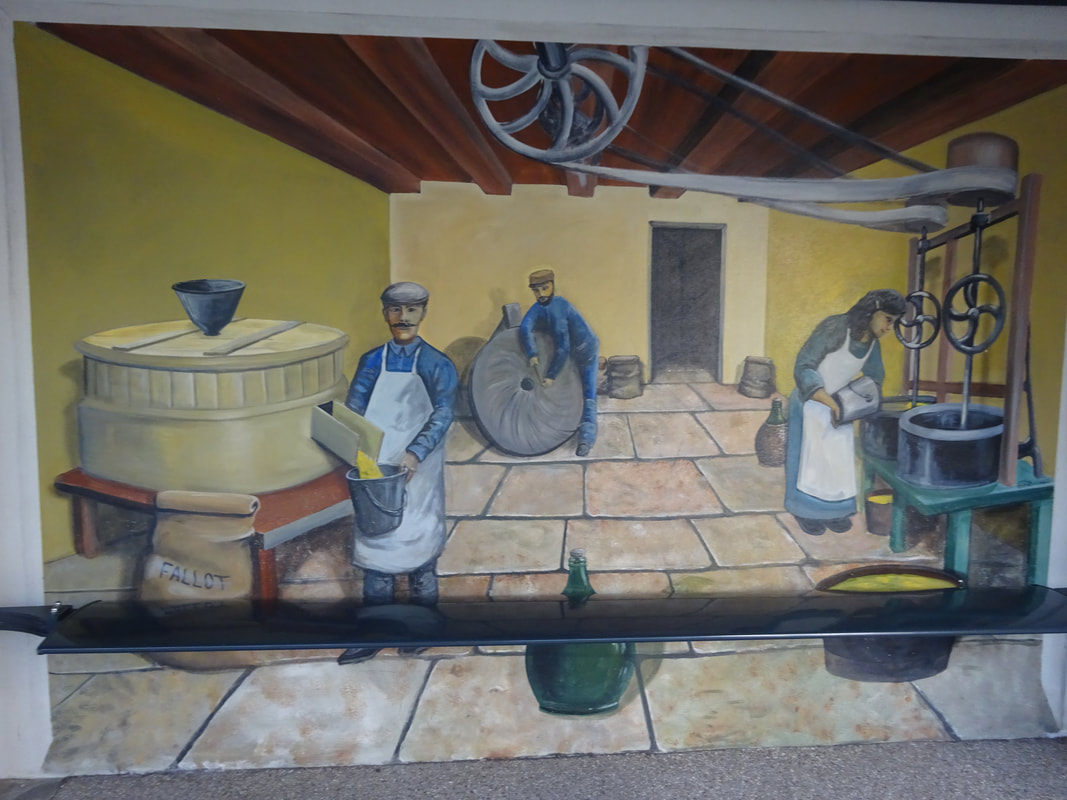
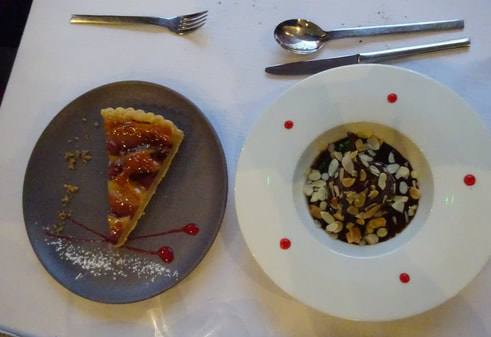
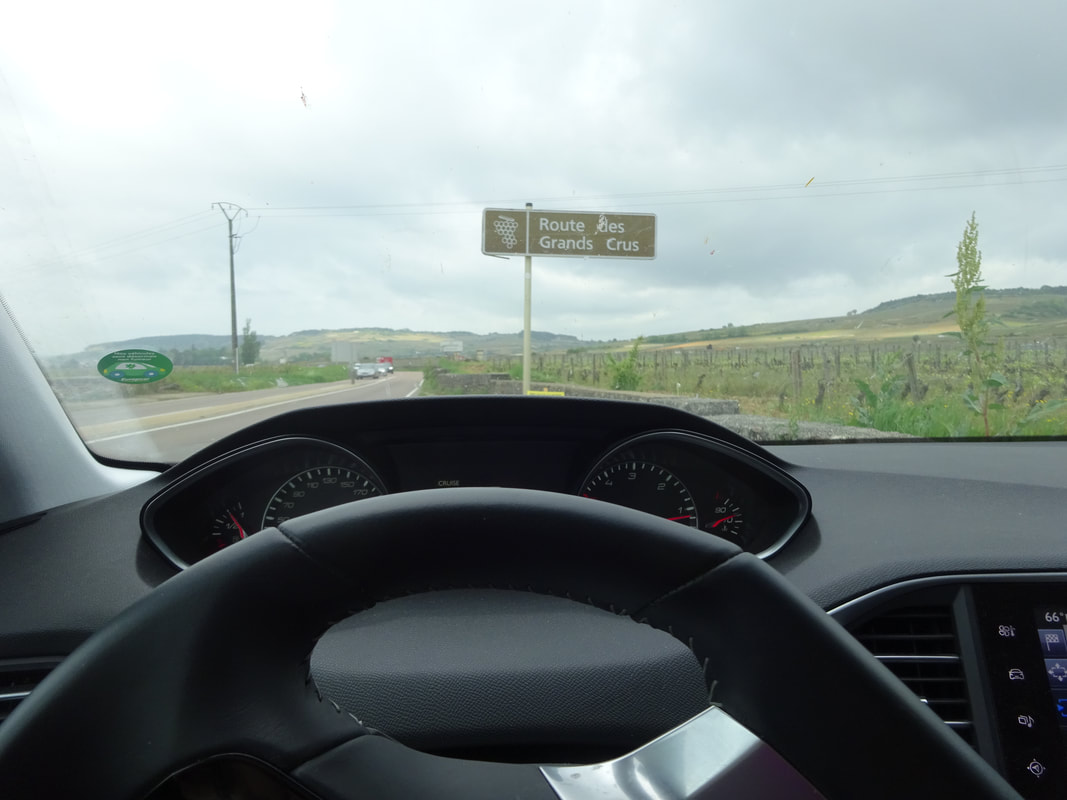
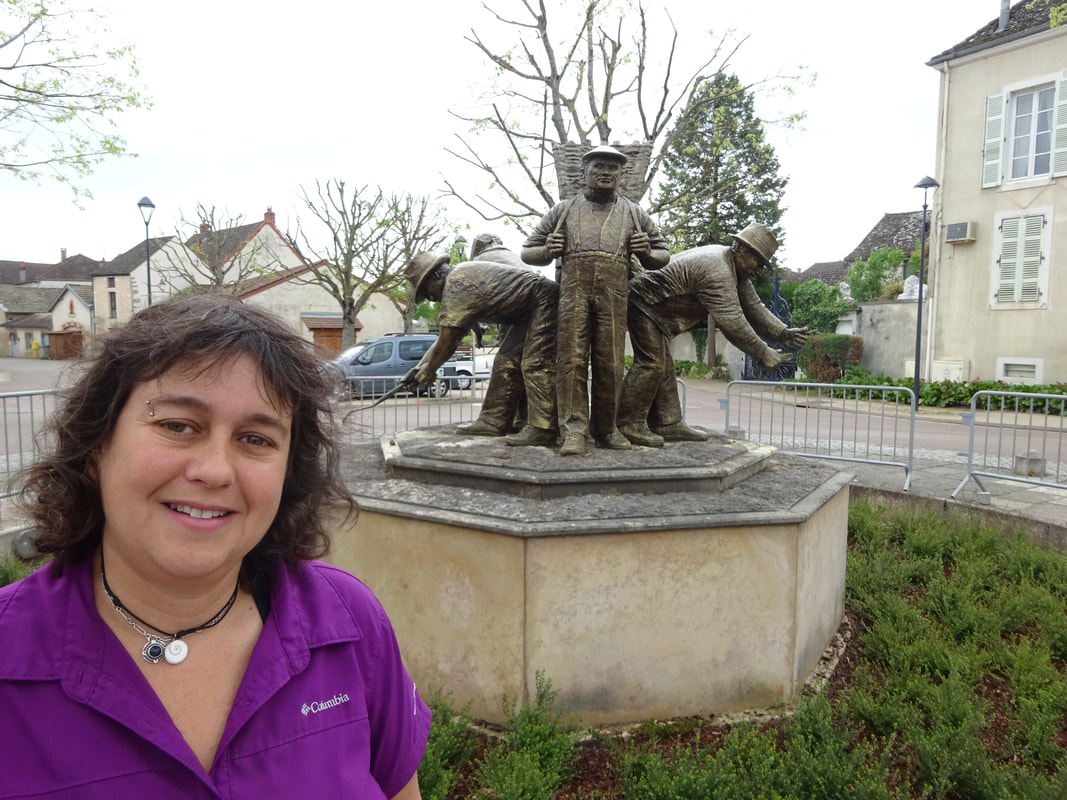
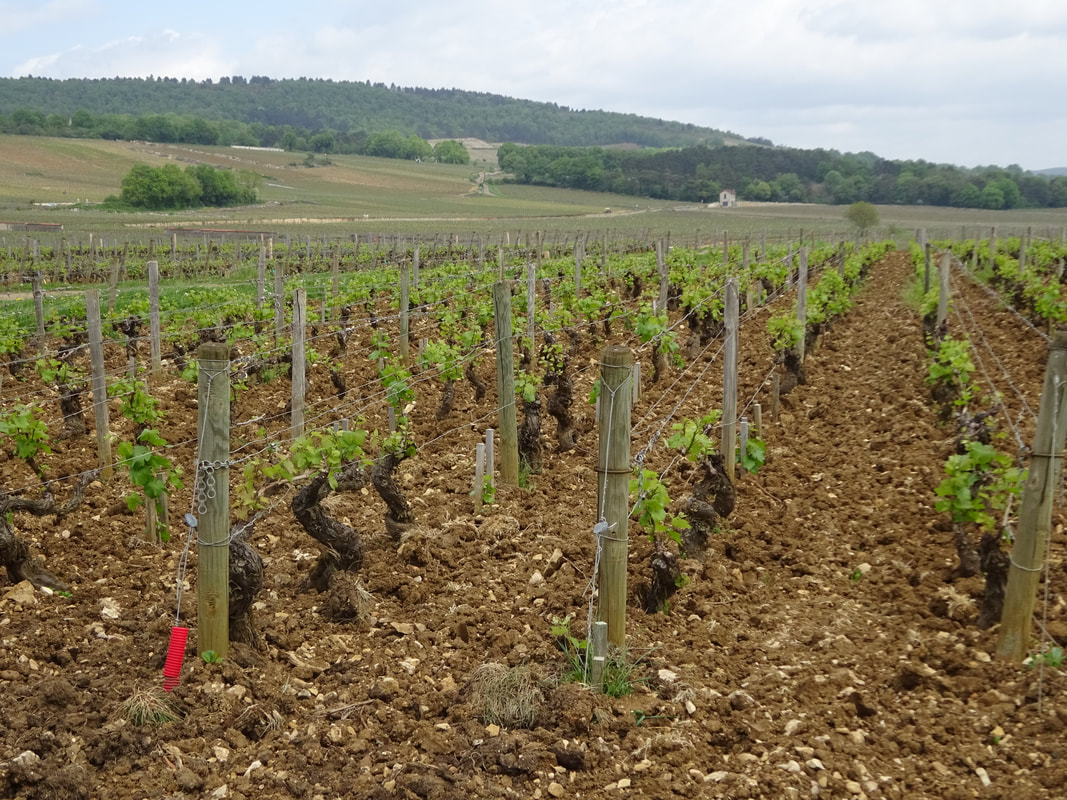
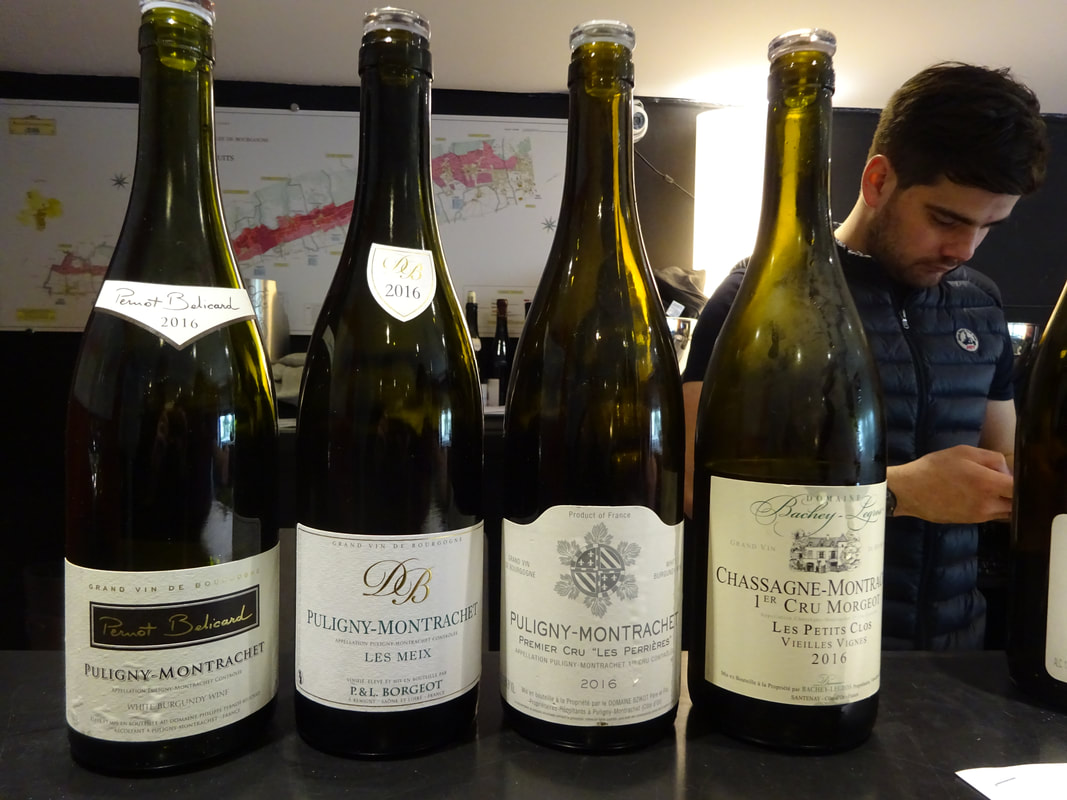
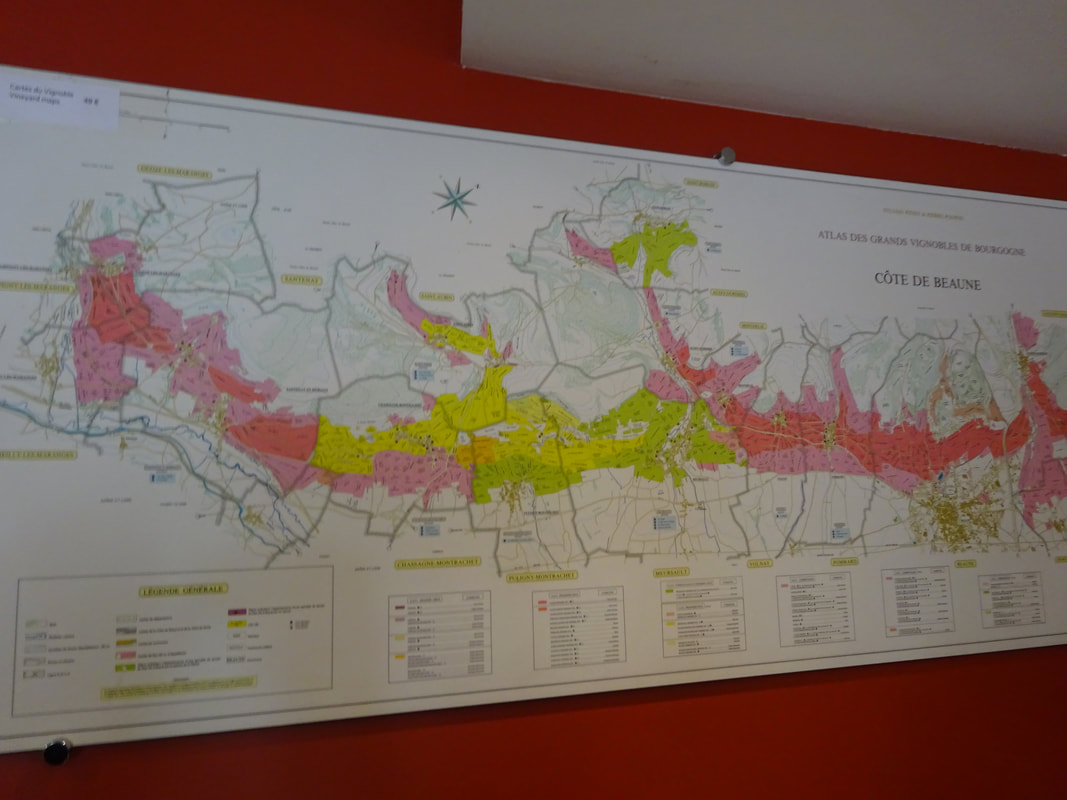
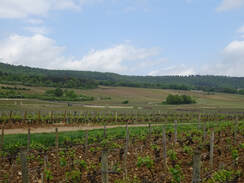
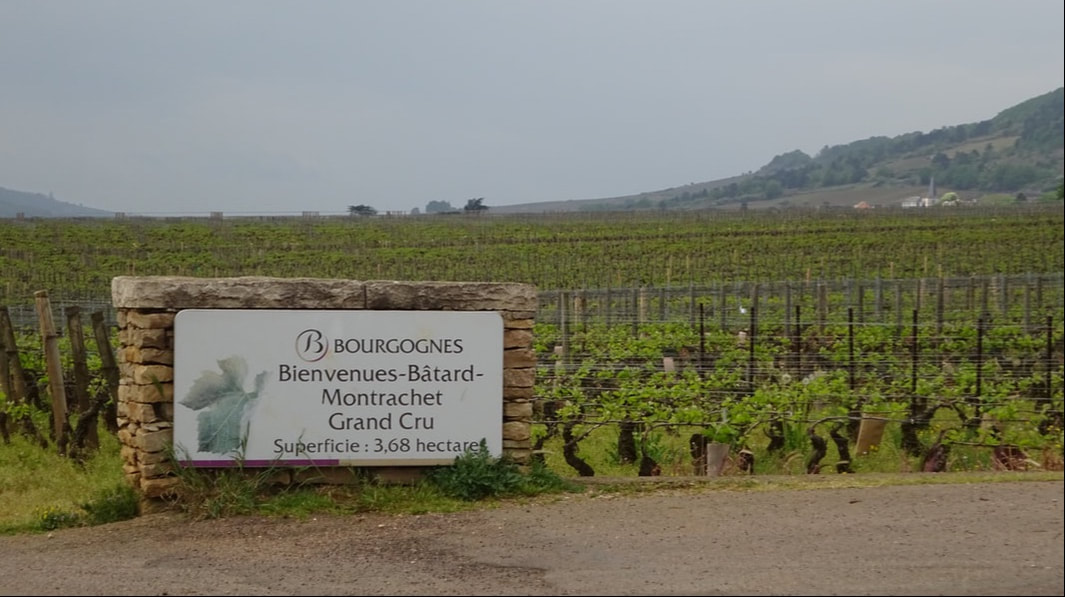
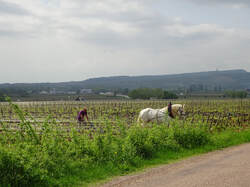


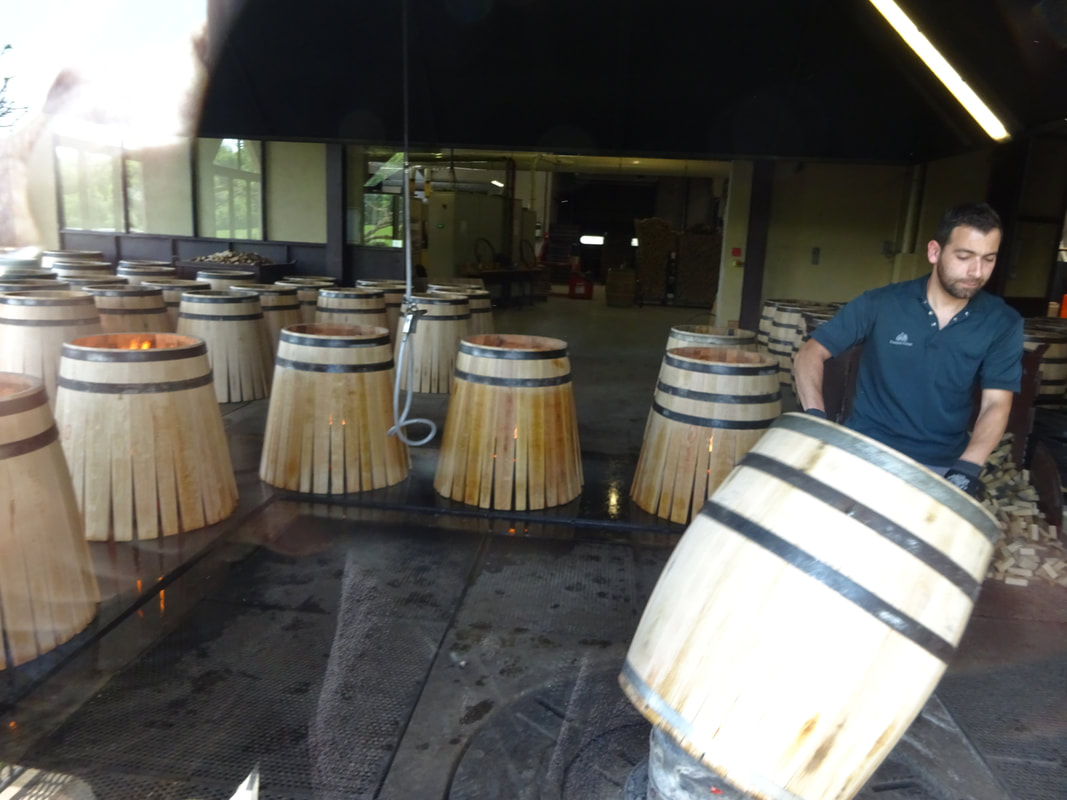
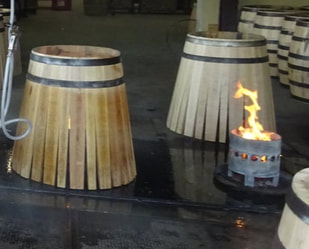

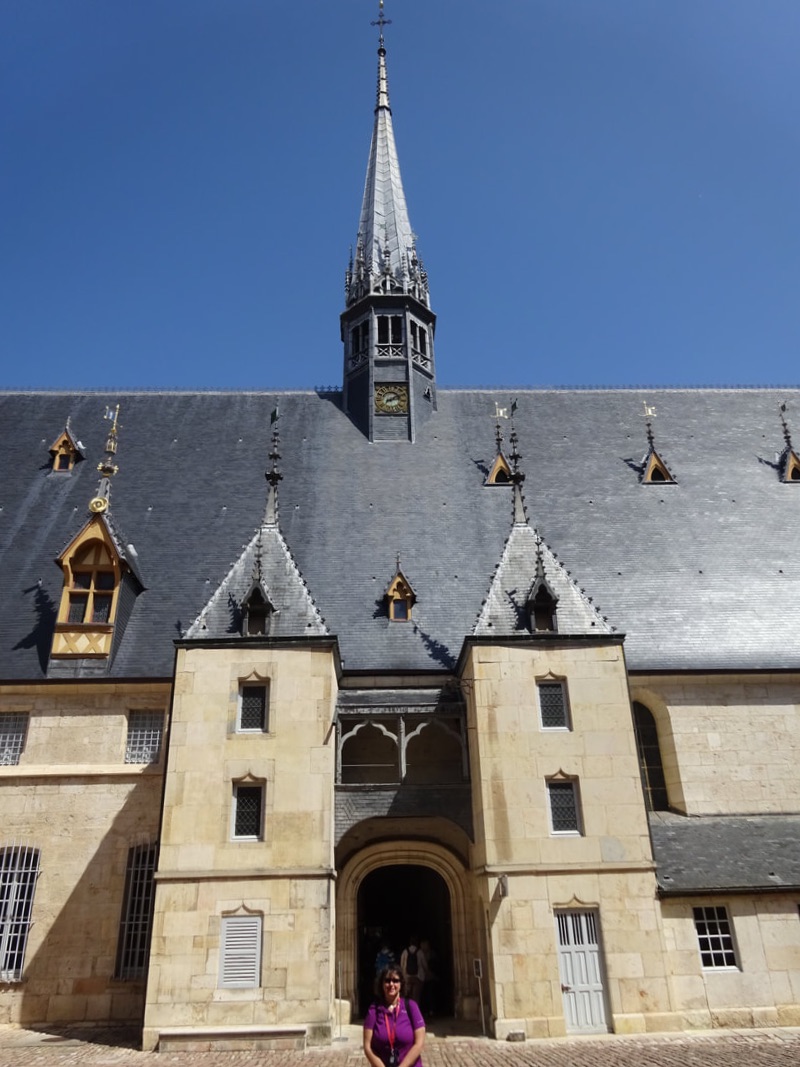
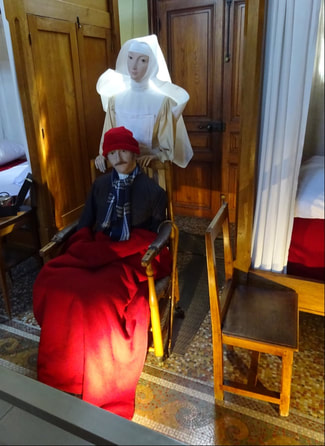
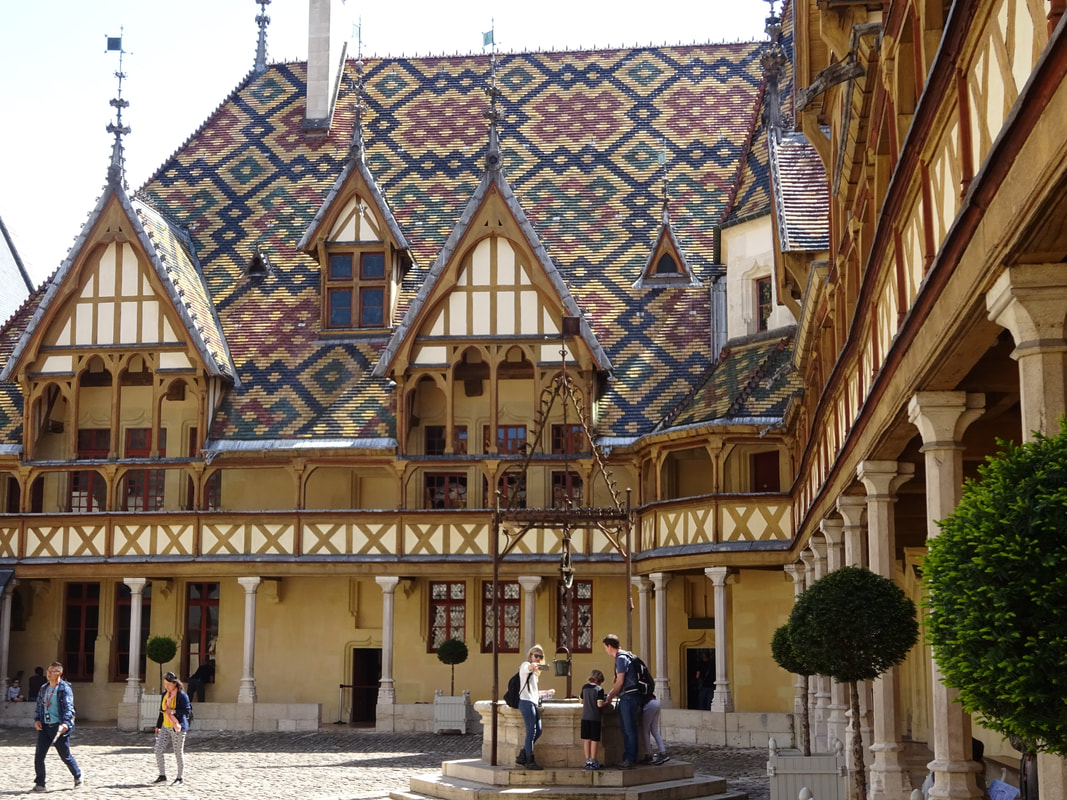
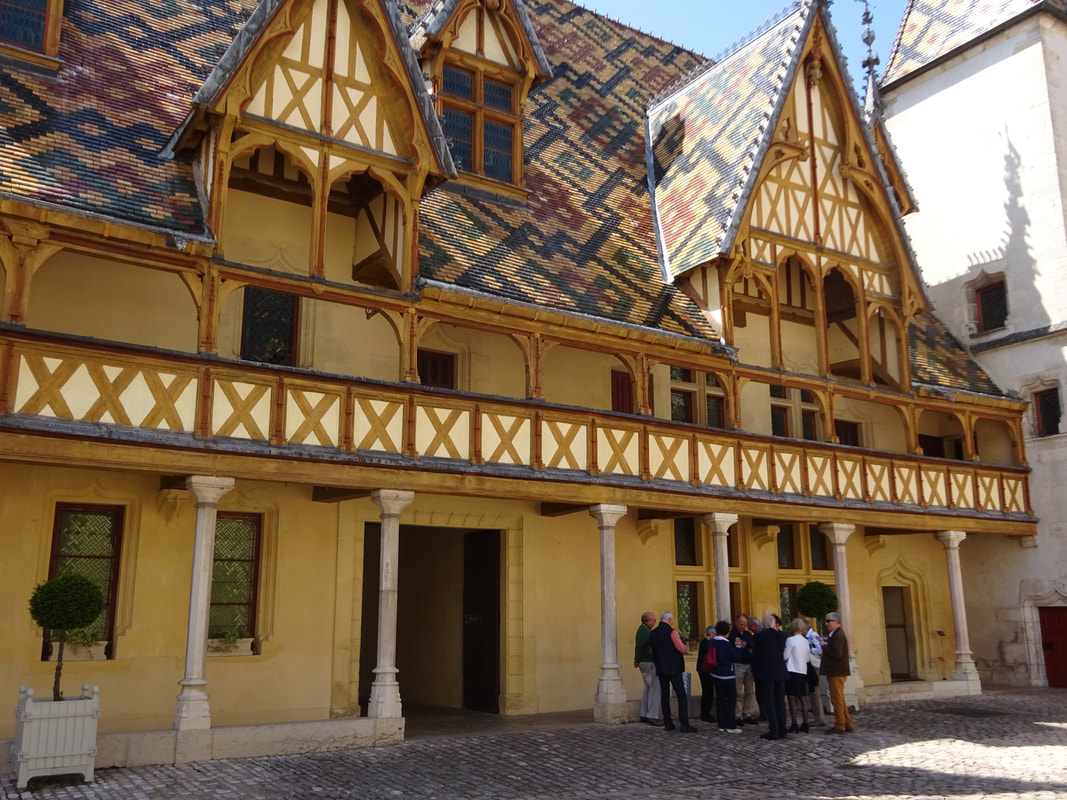
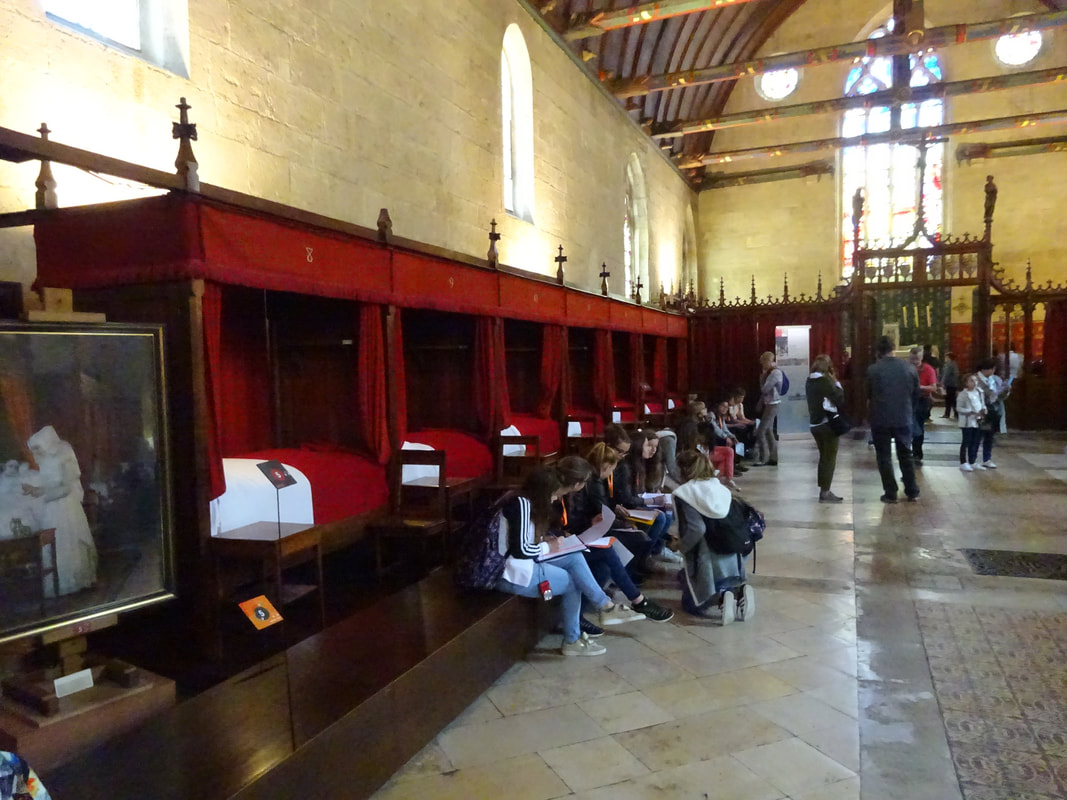
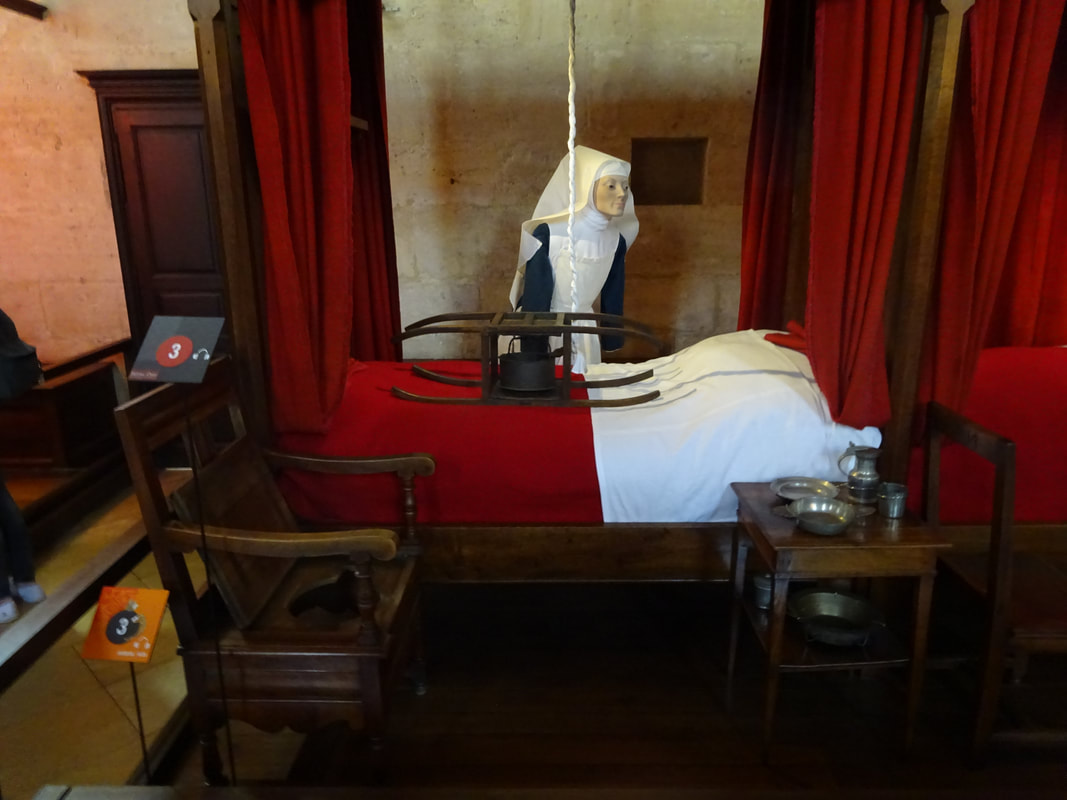
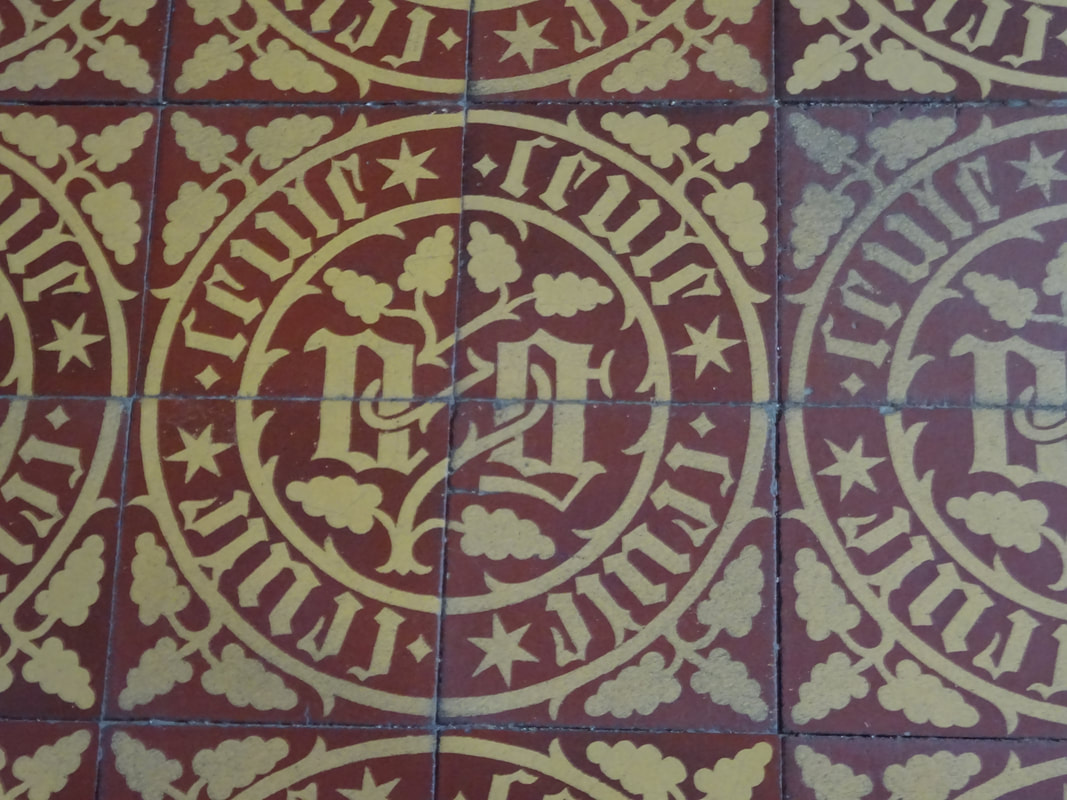
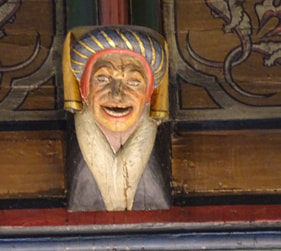
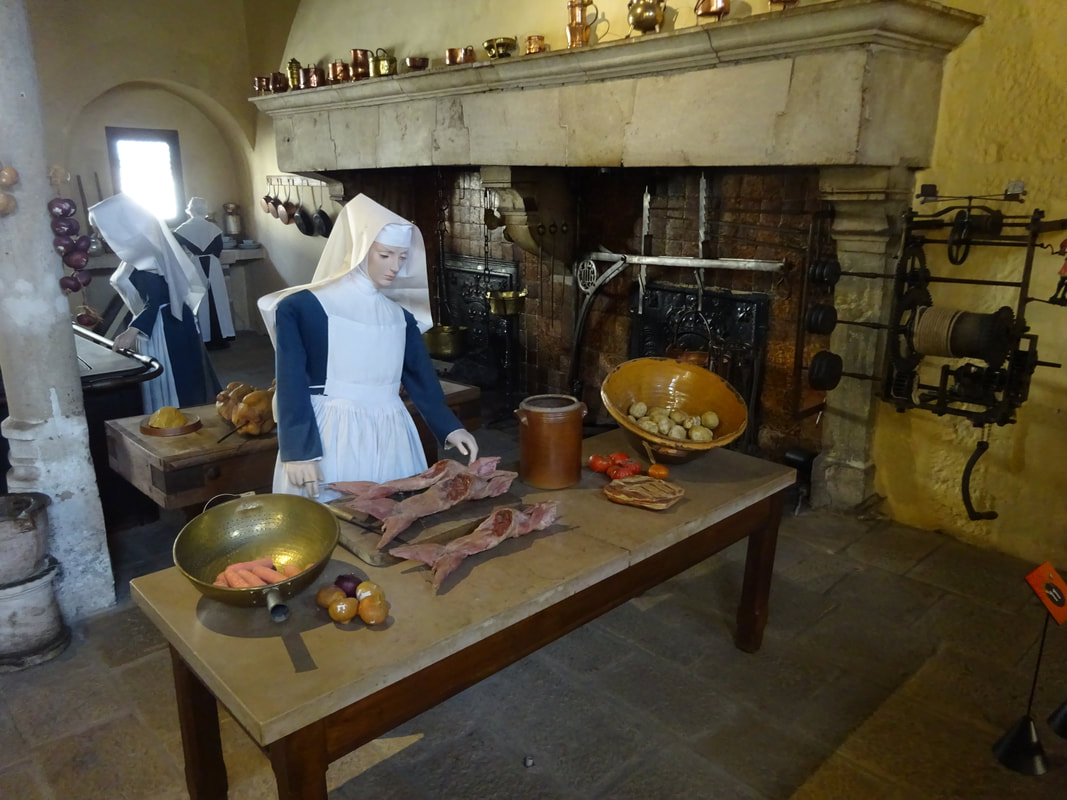
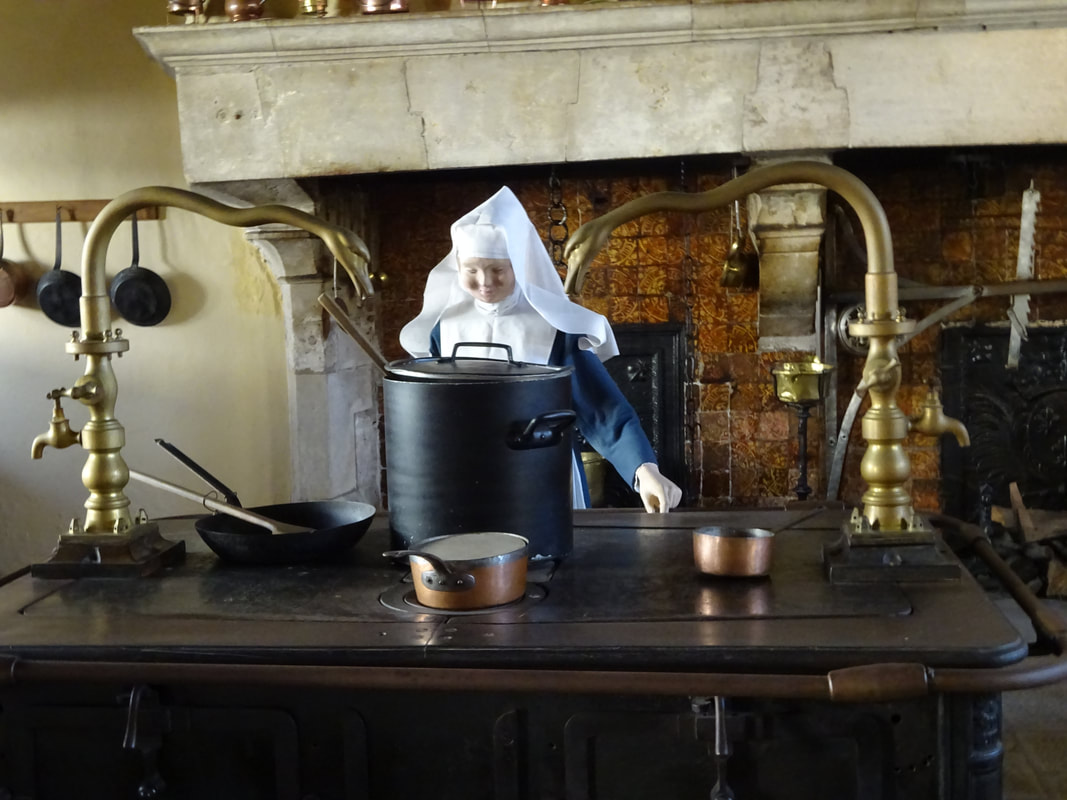
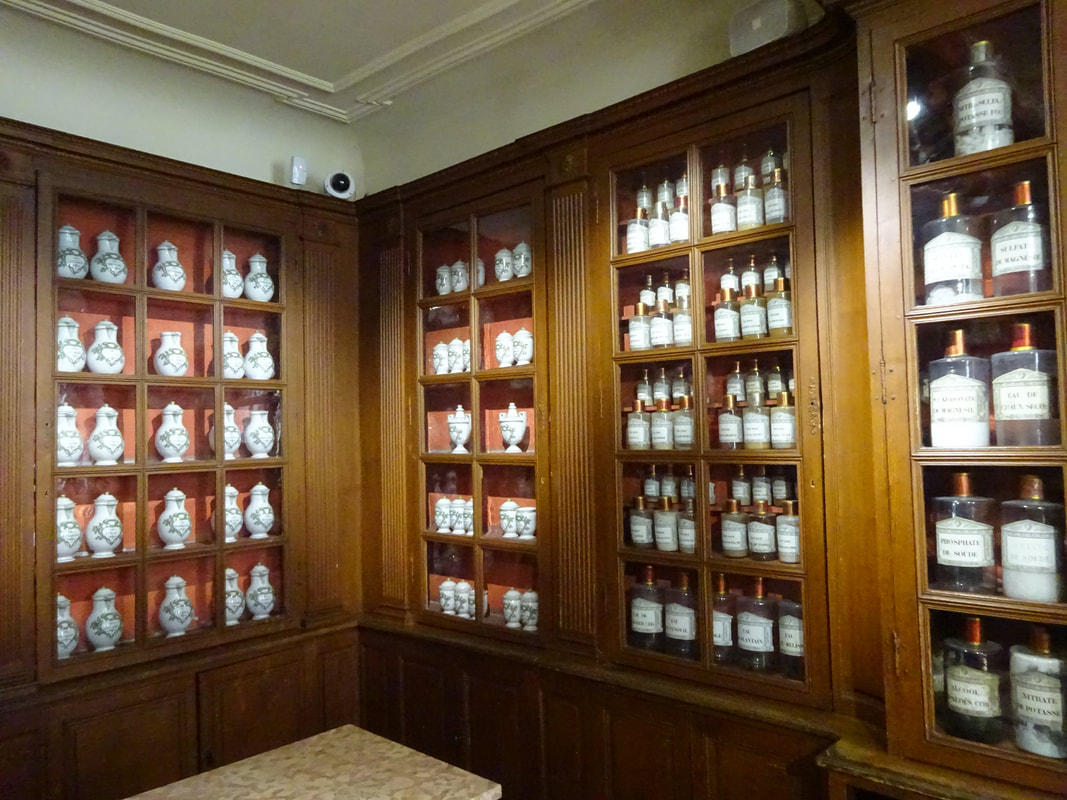
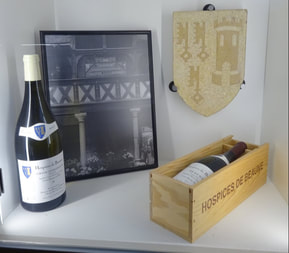
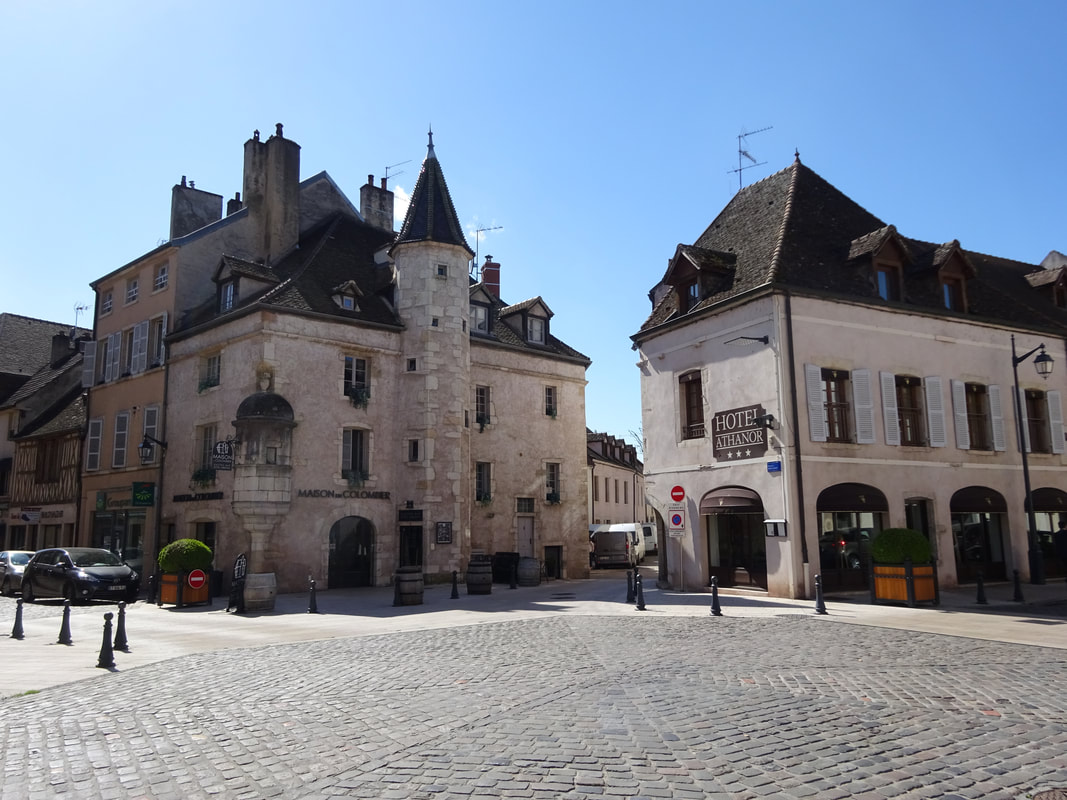
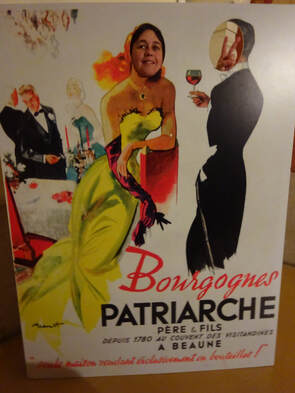
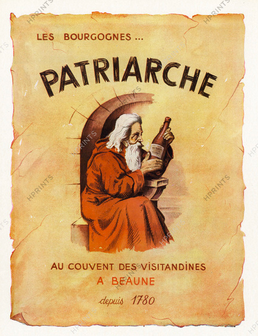
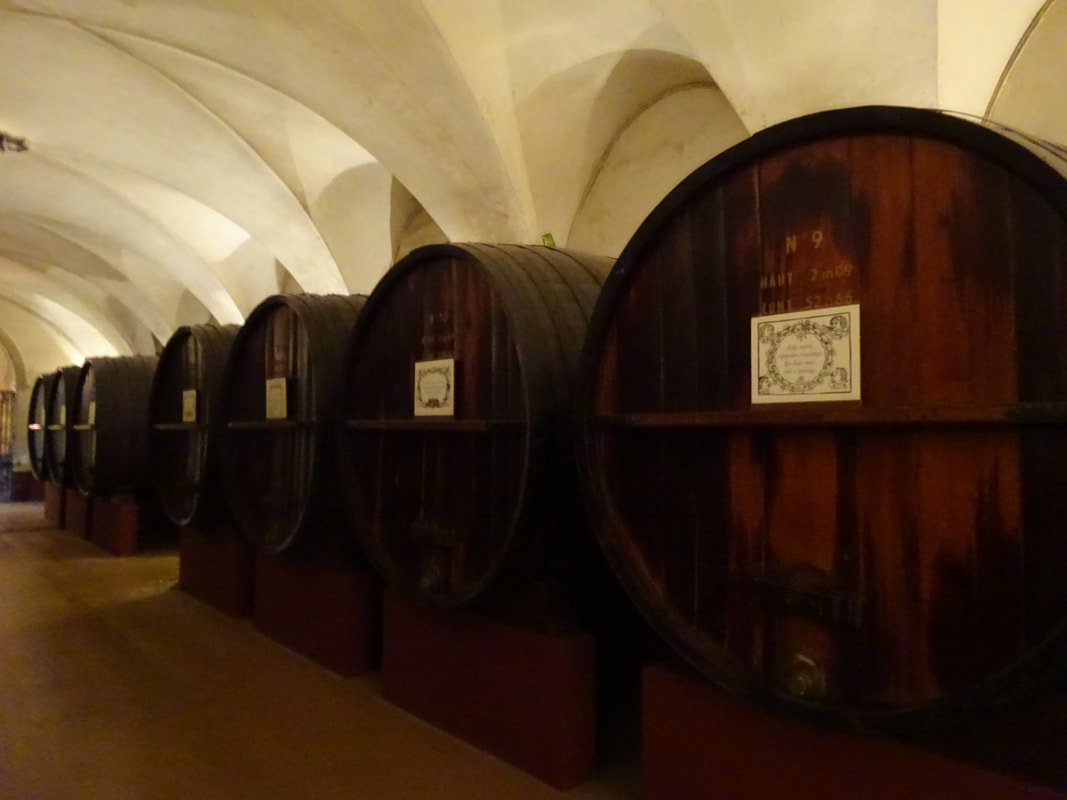
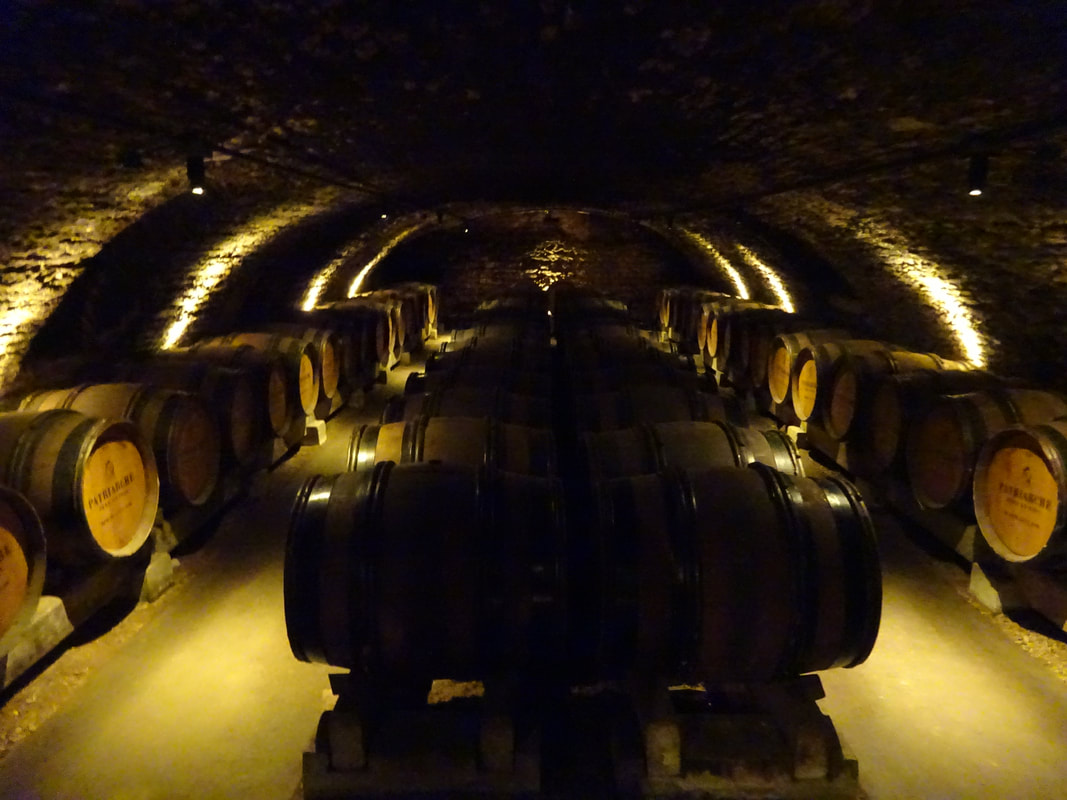
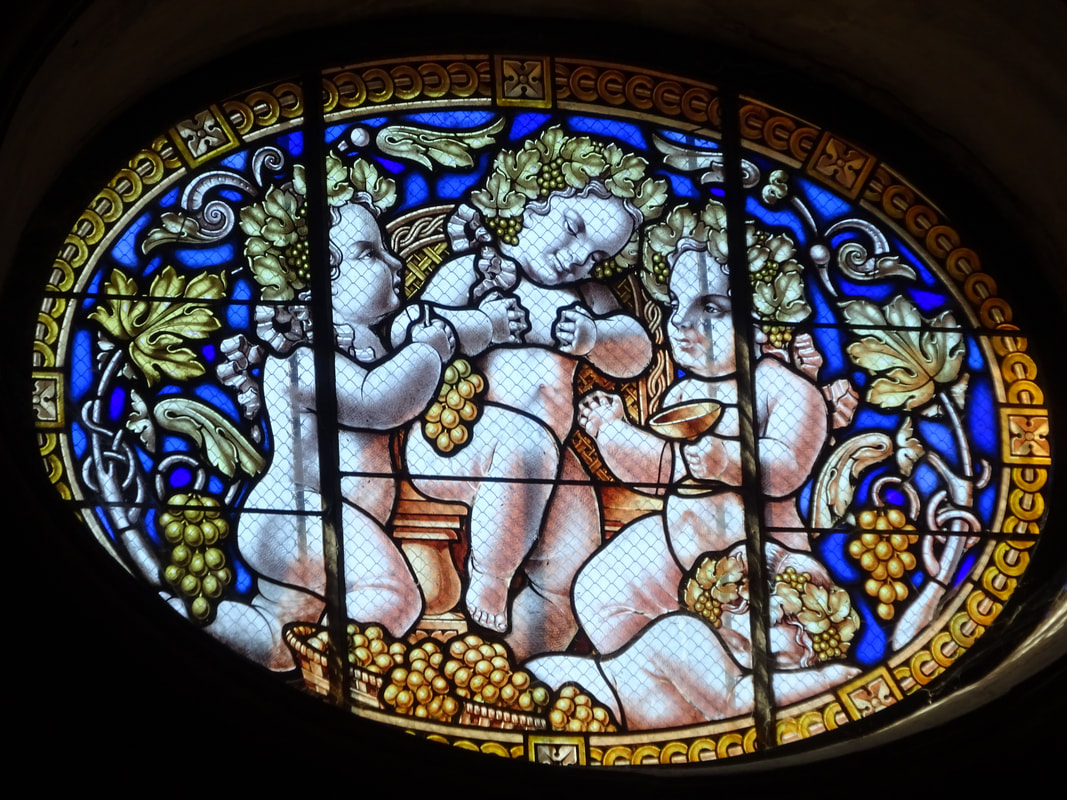
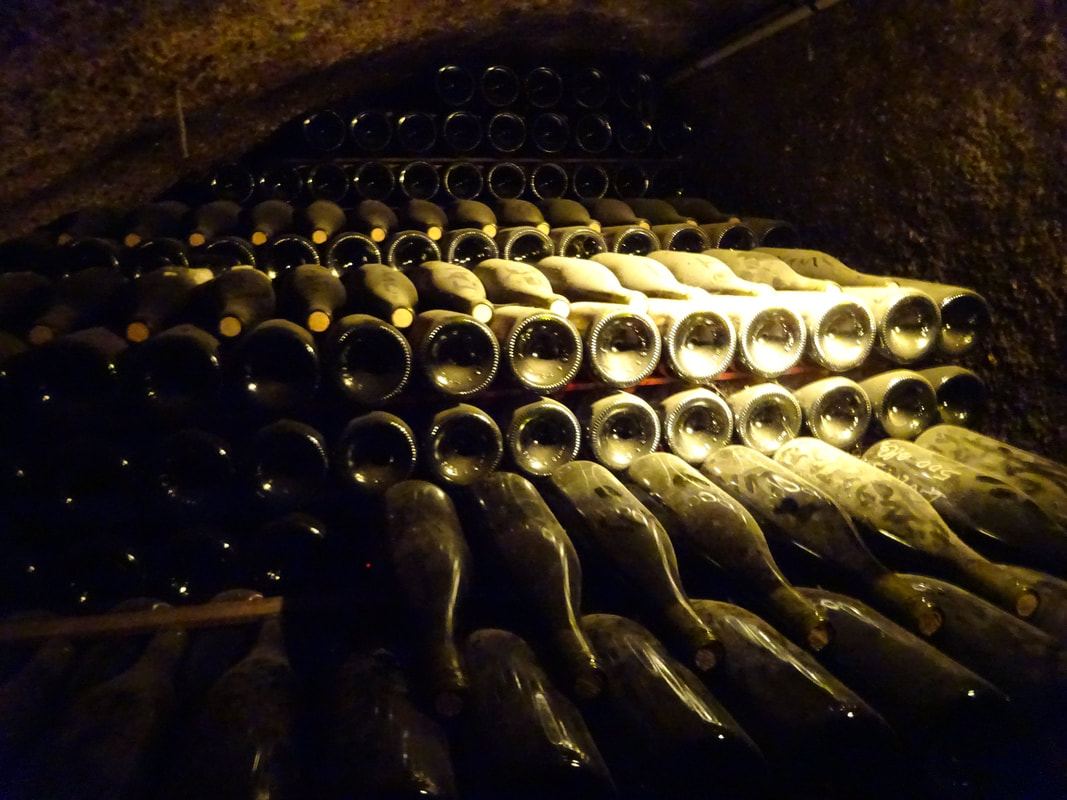
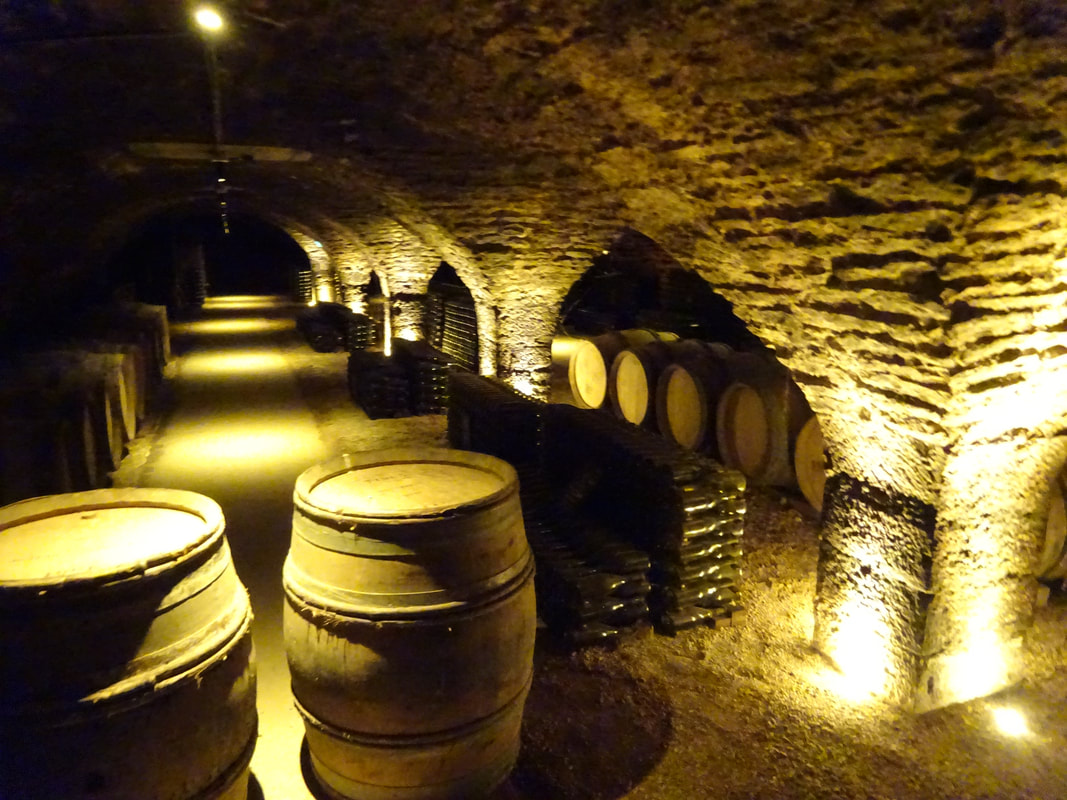
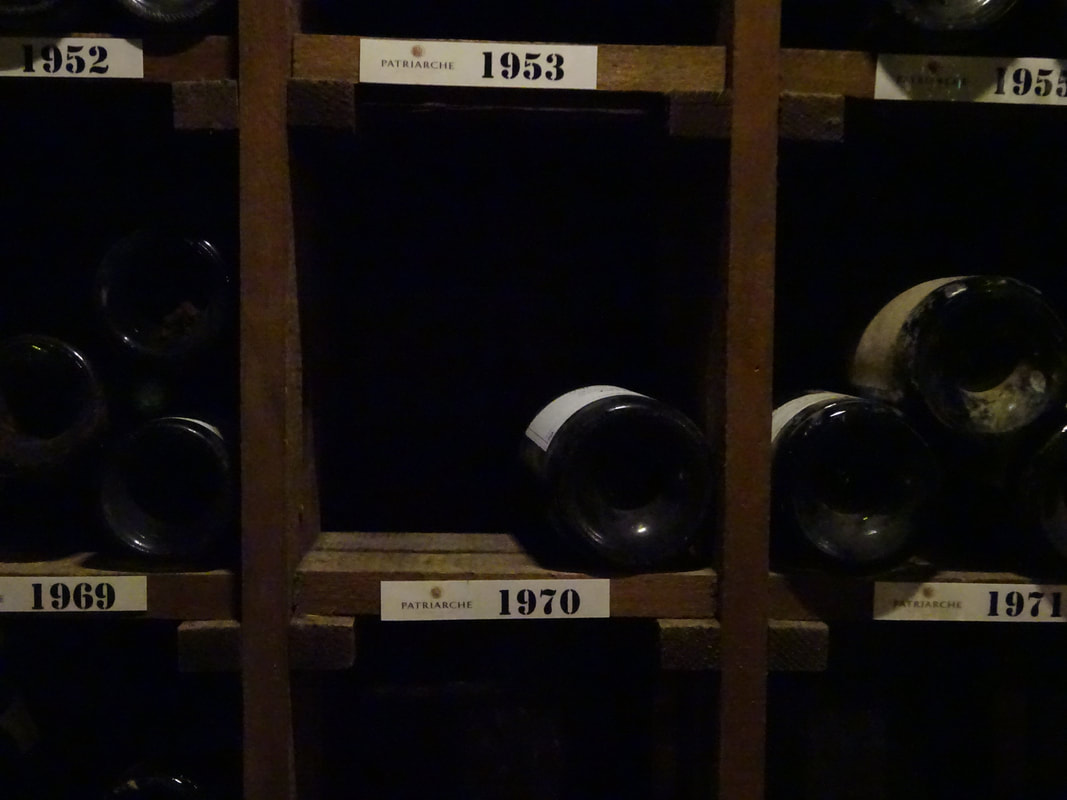
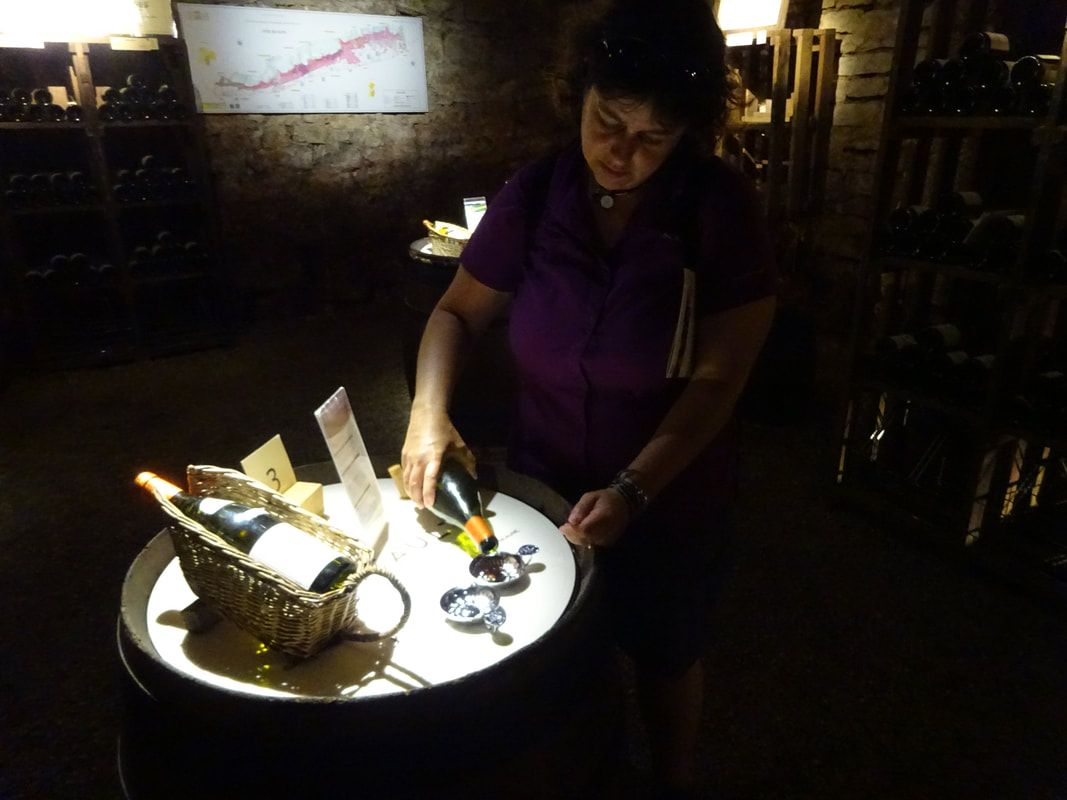
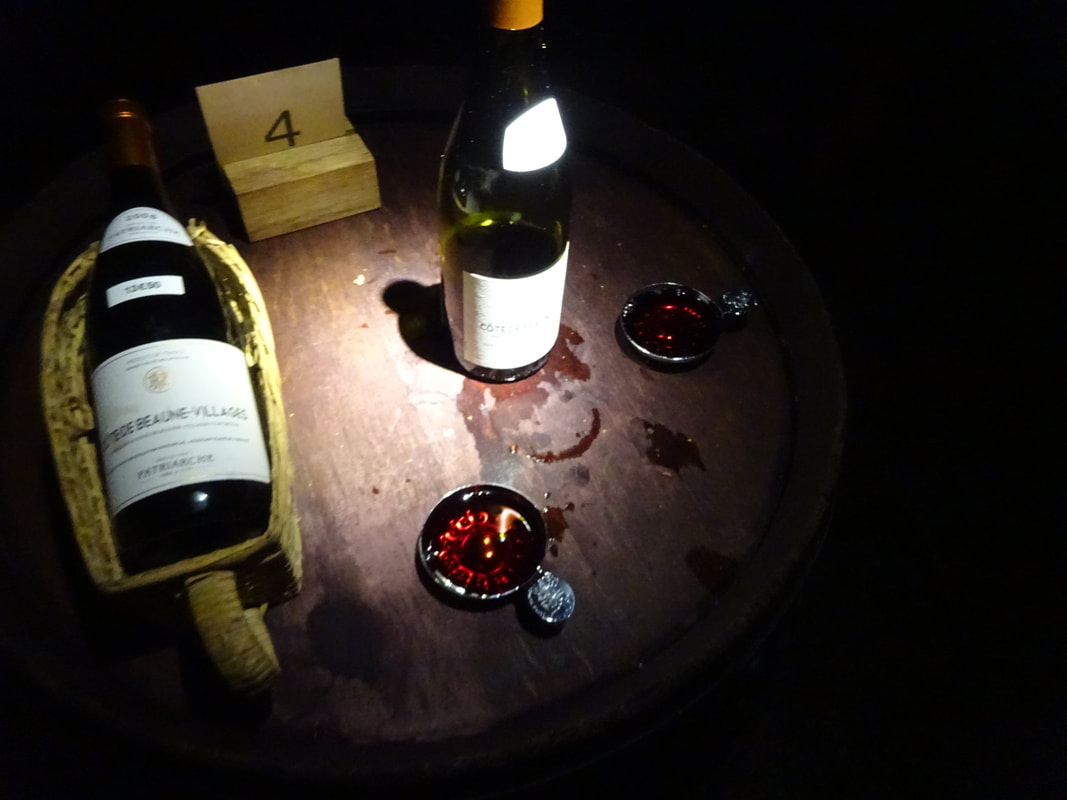
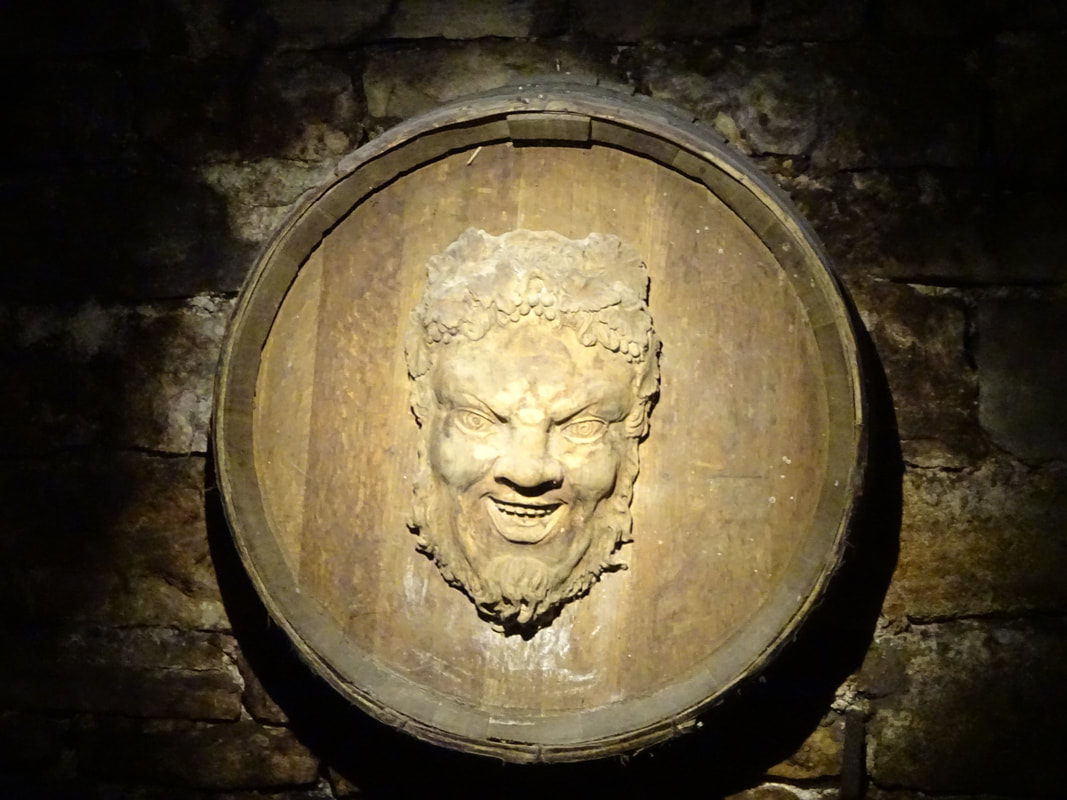
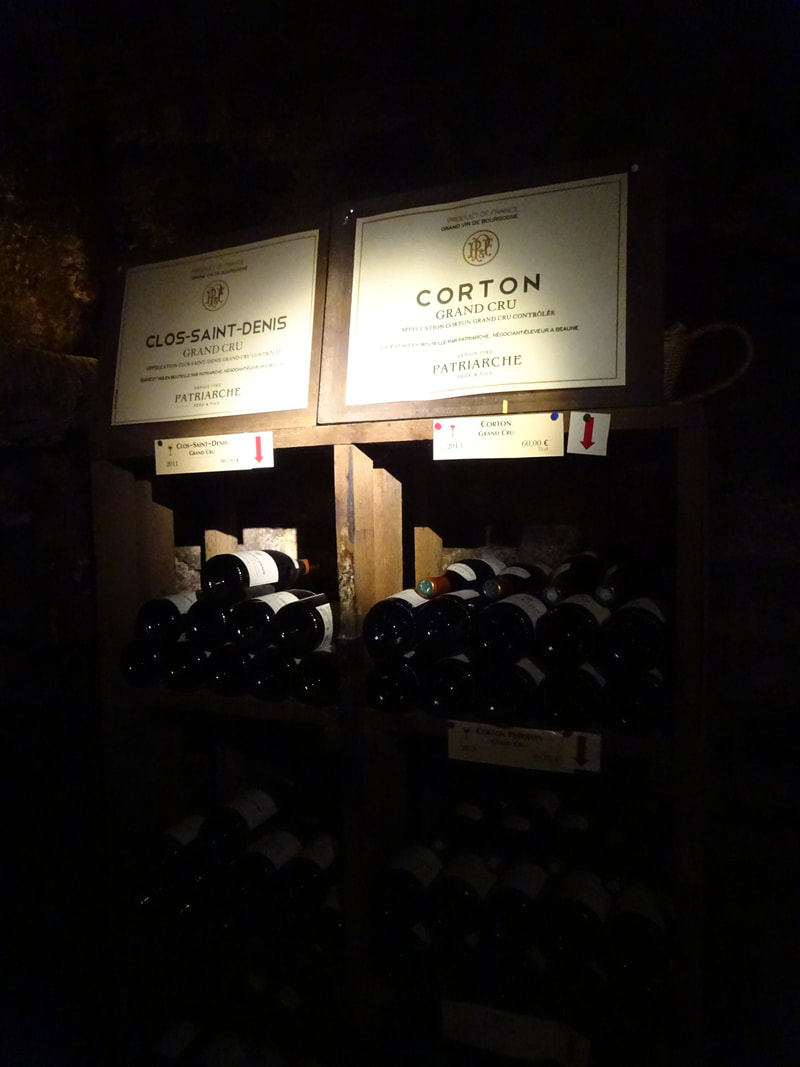
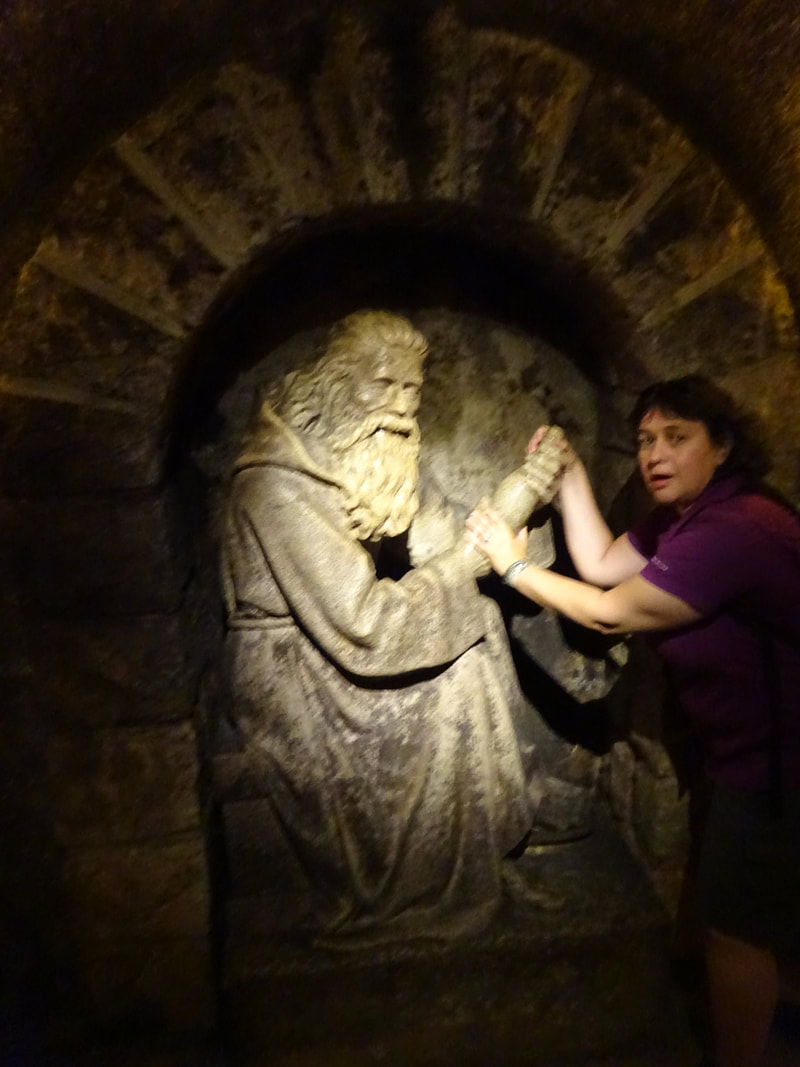
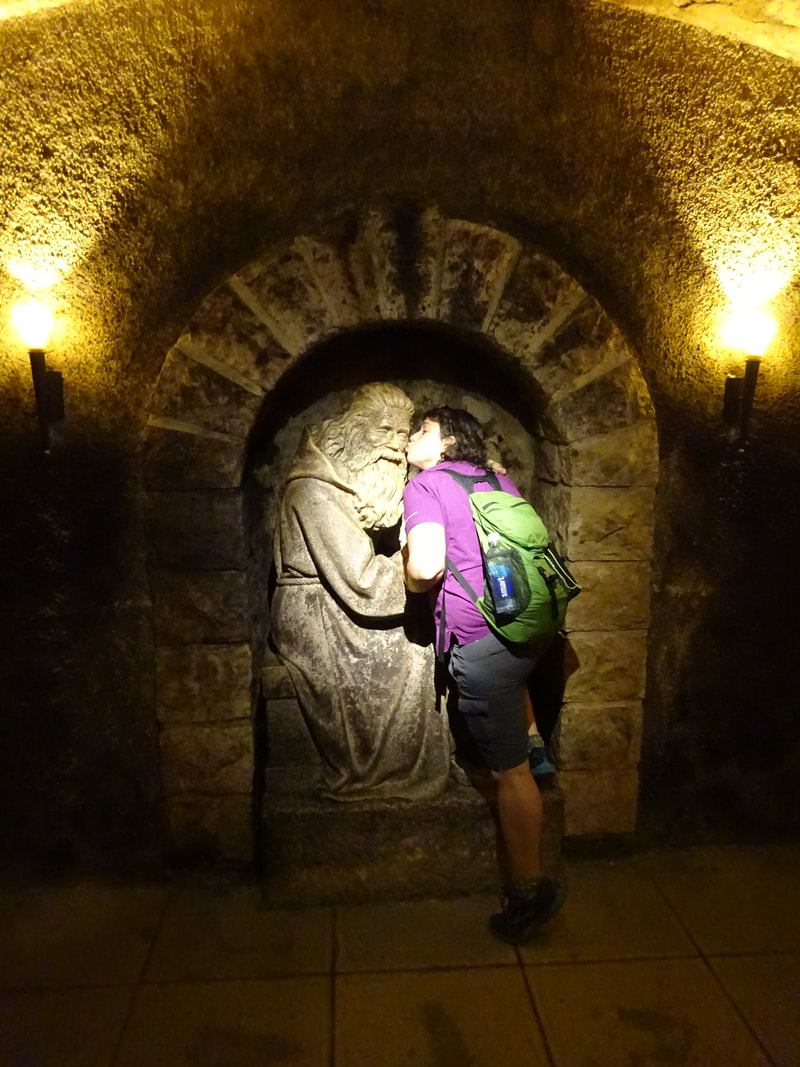
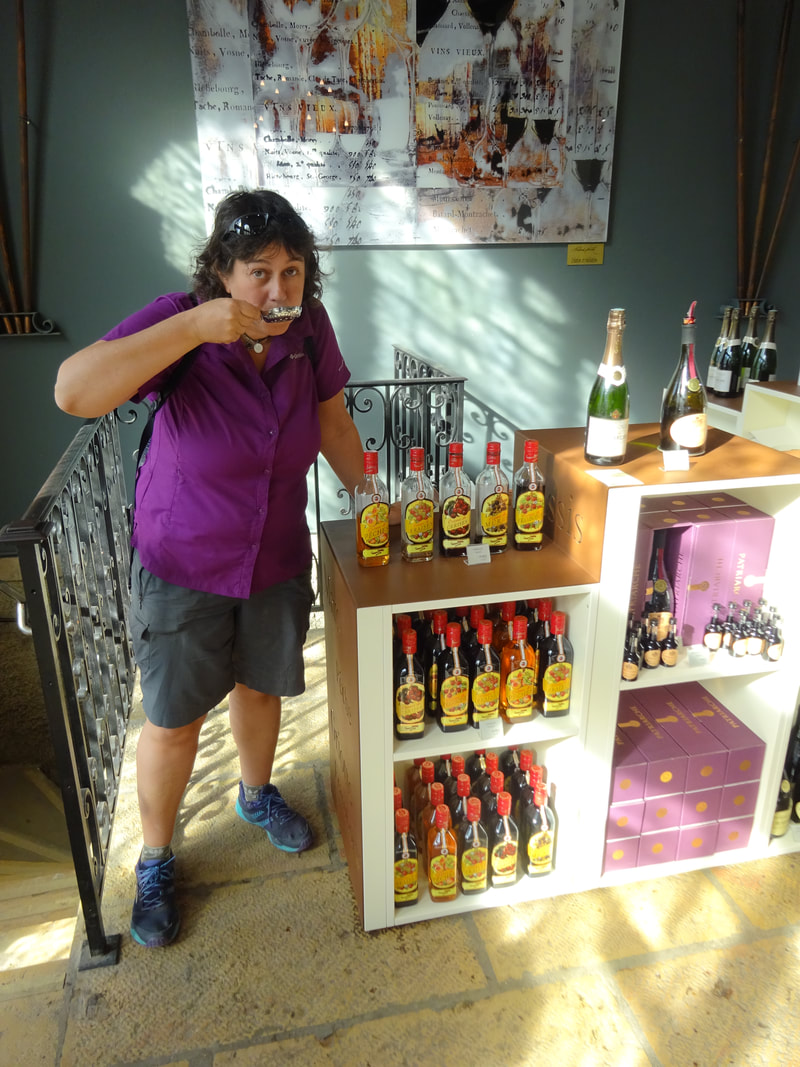

 RSS Feed
RSS Feed
